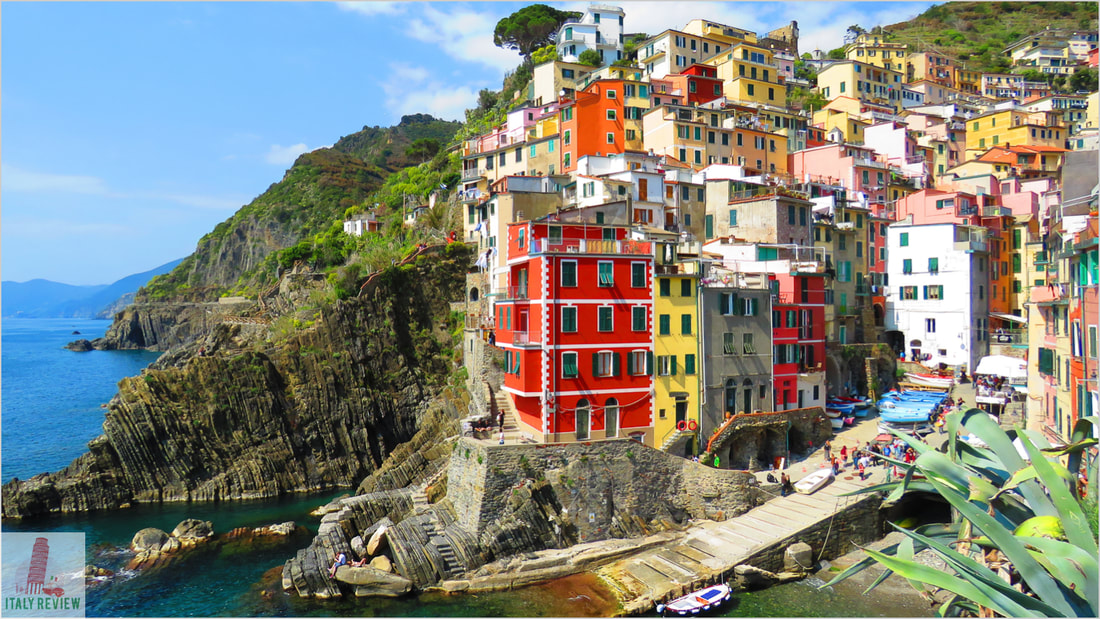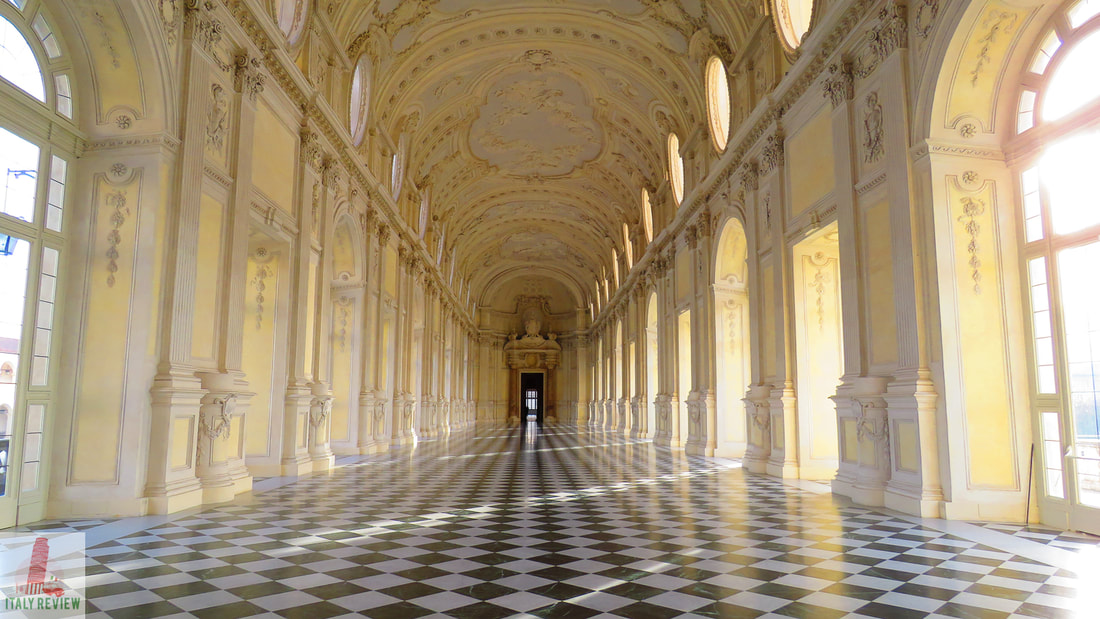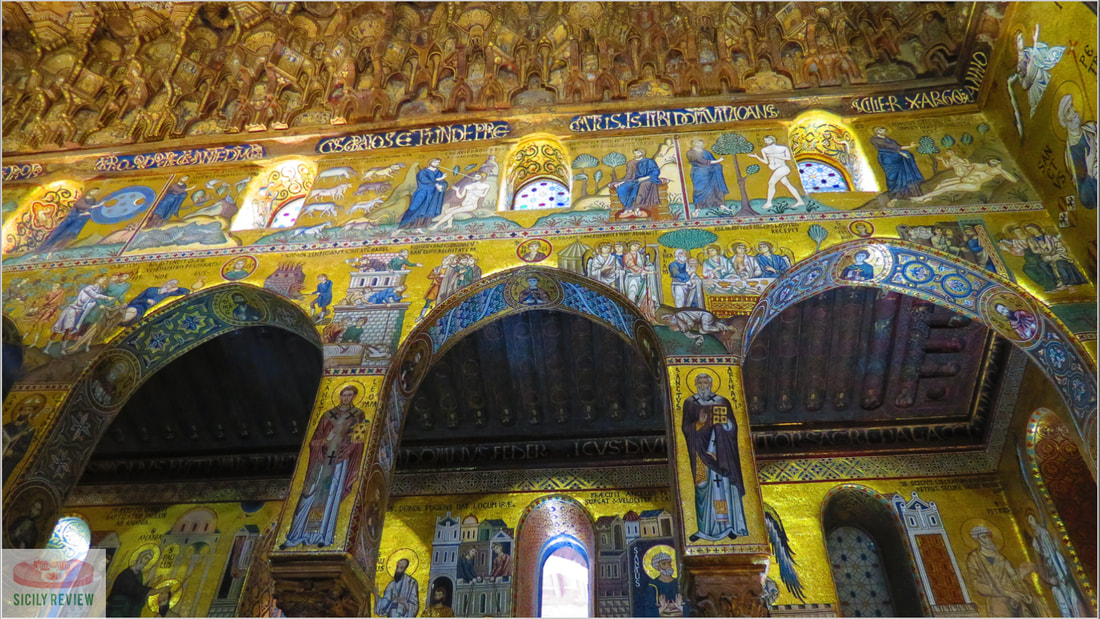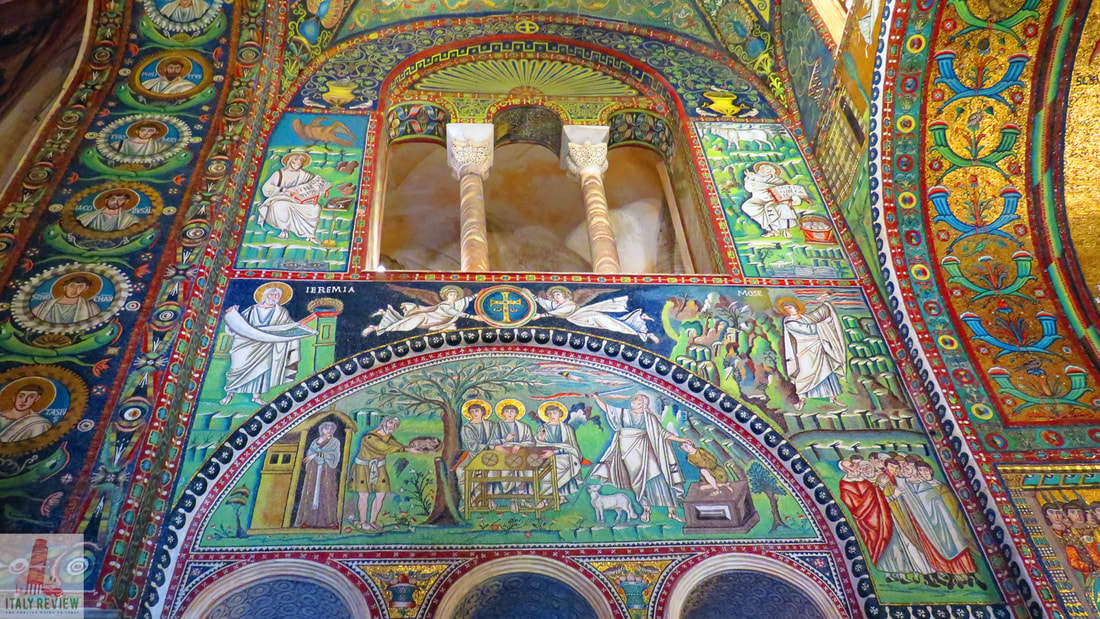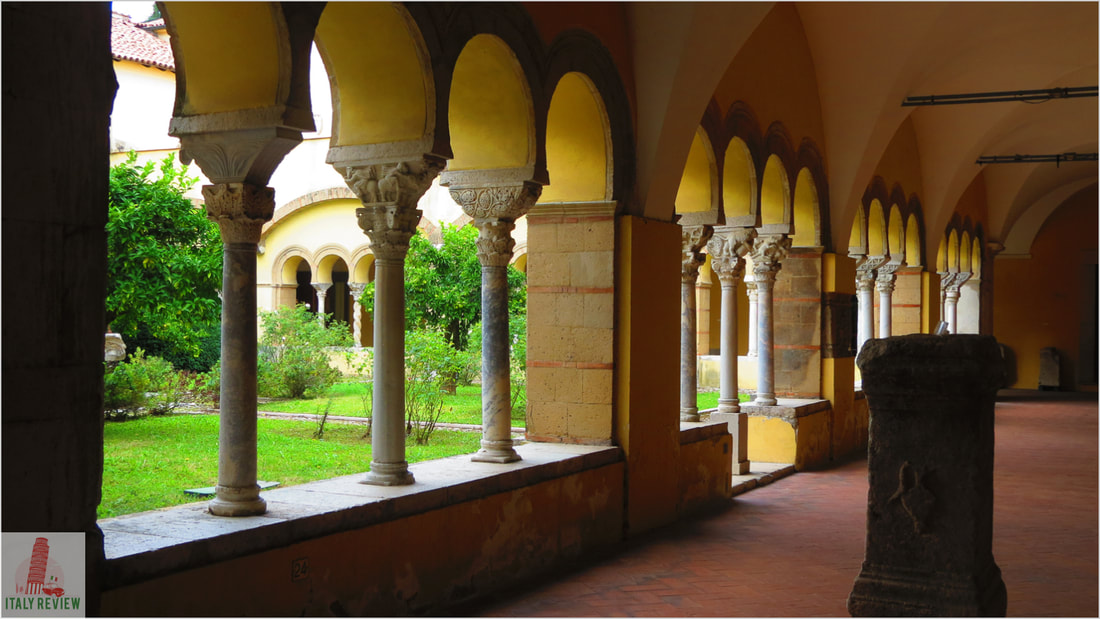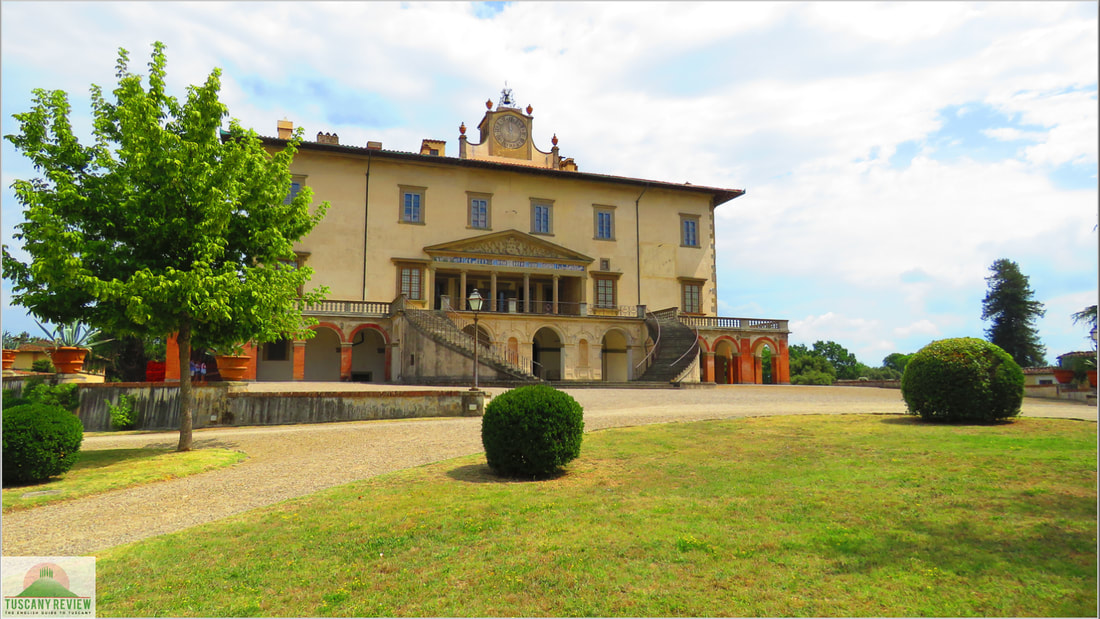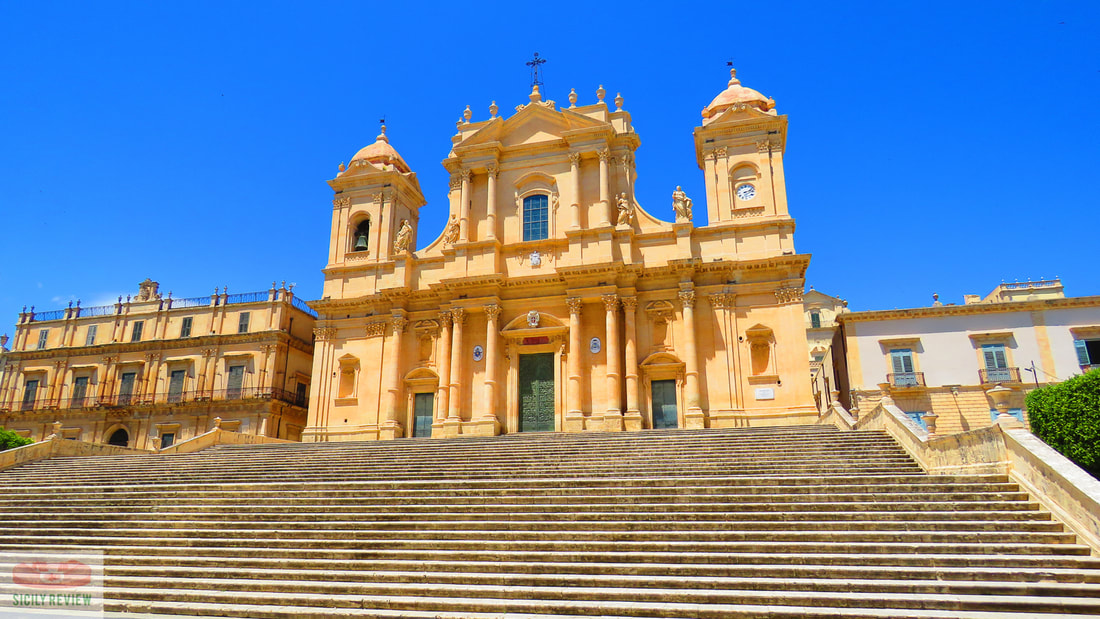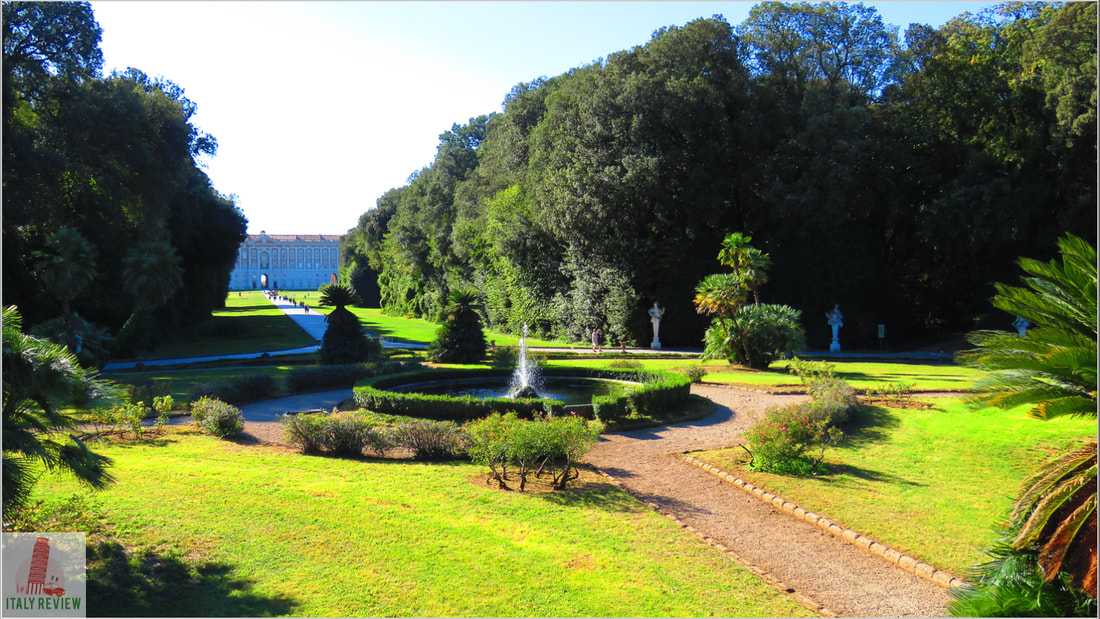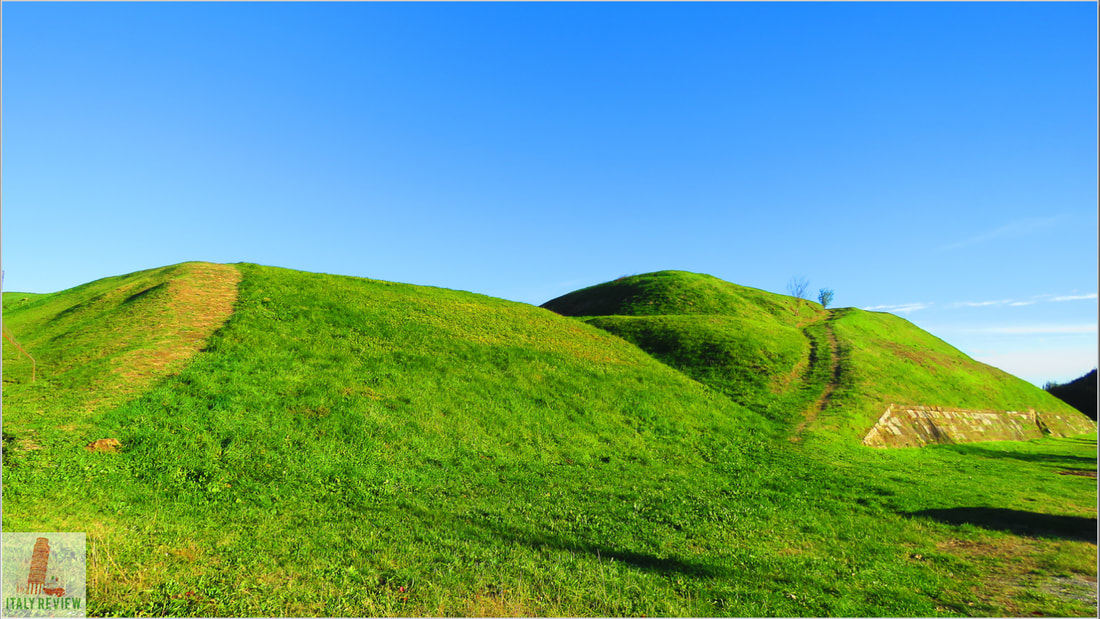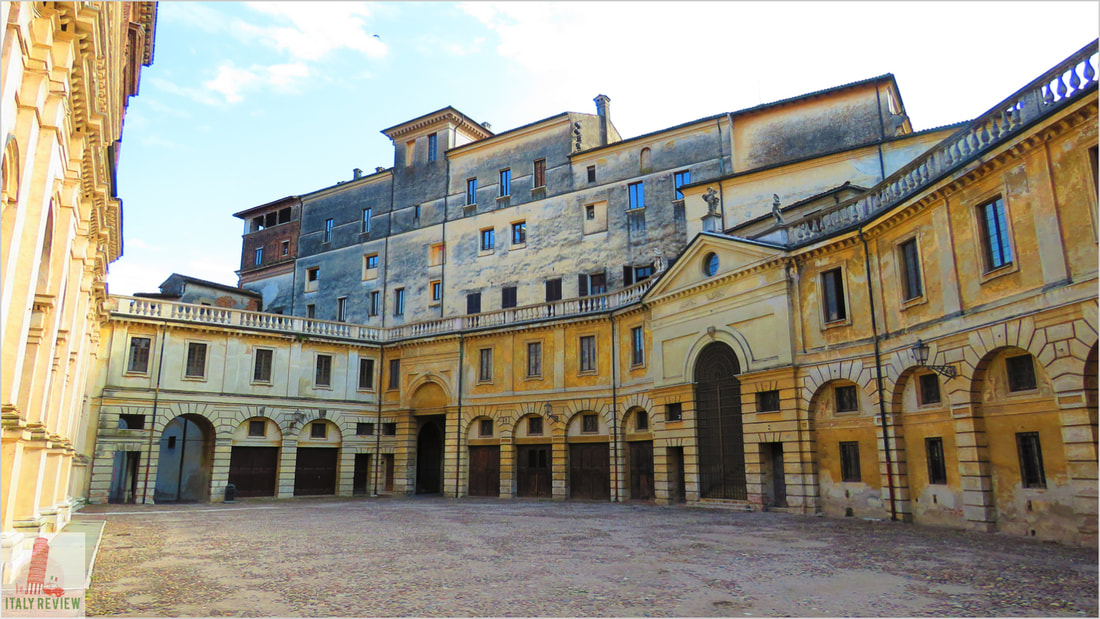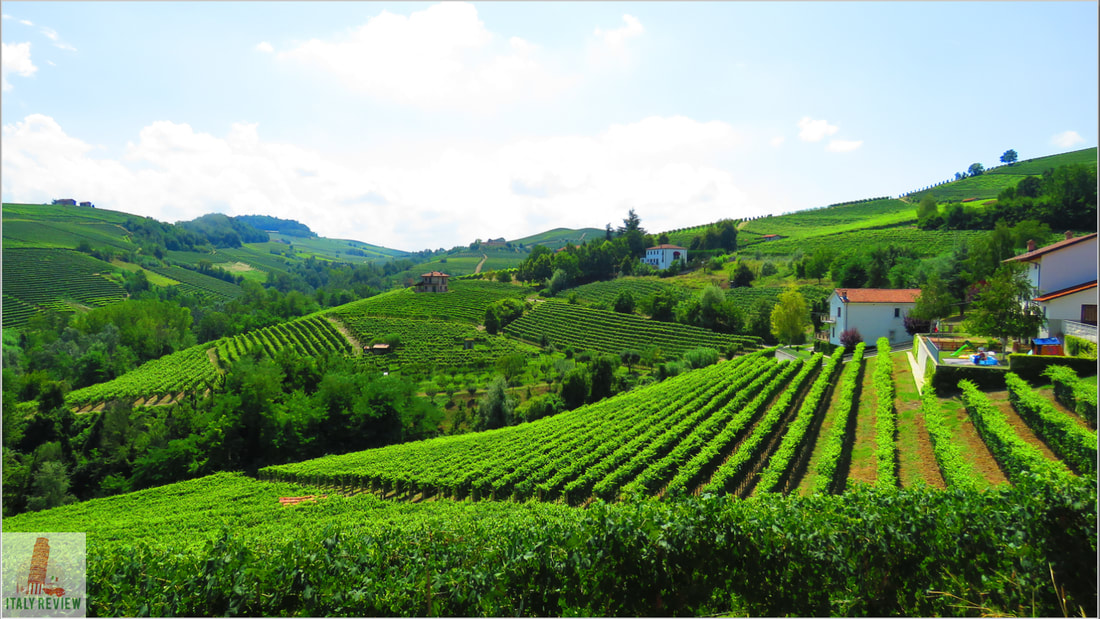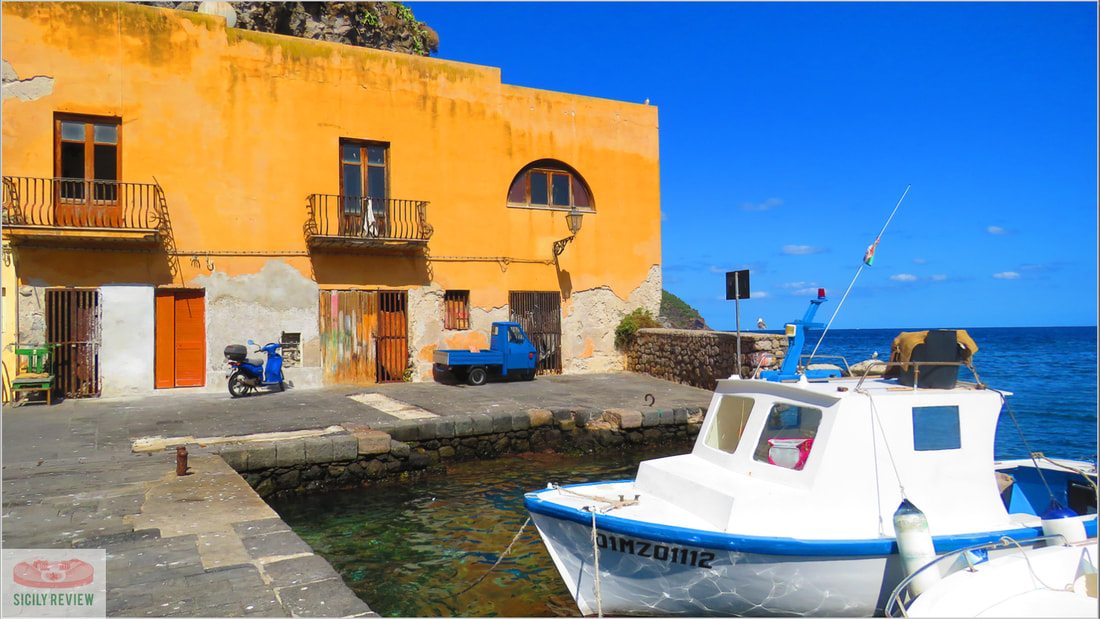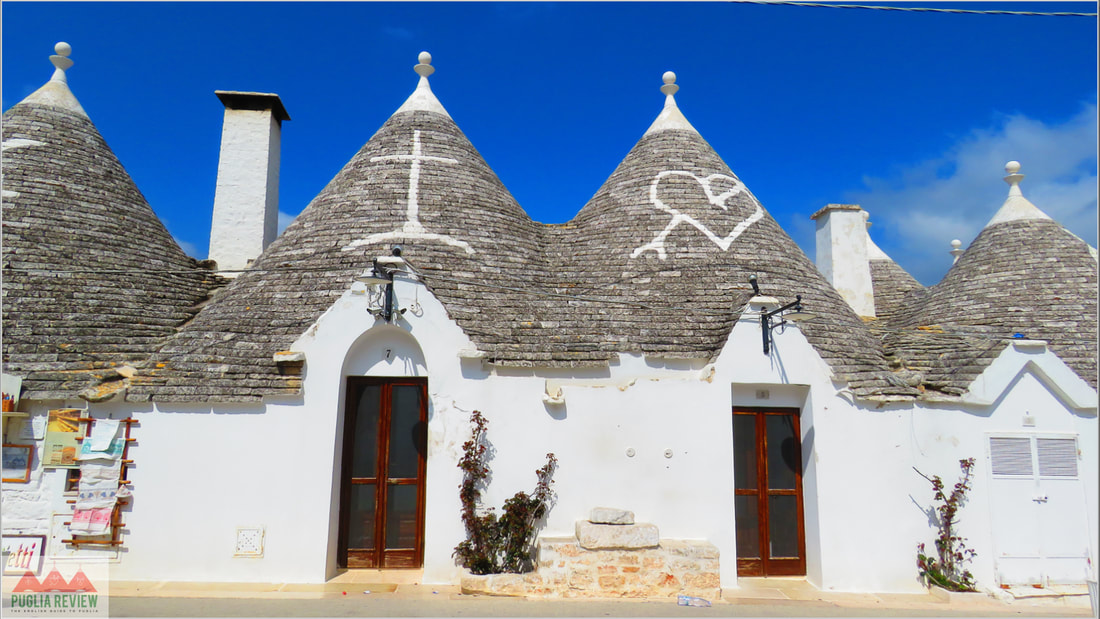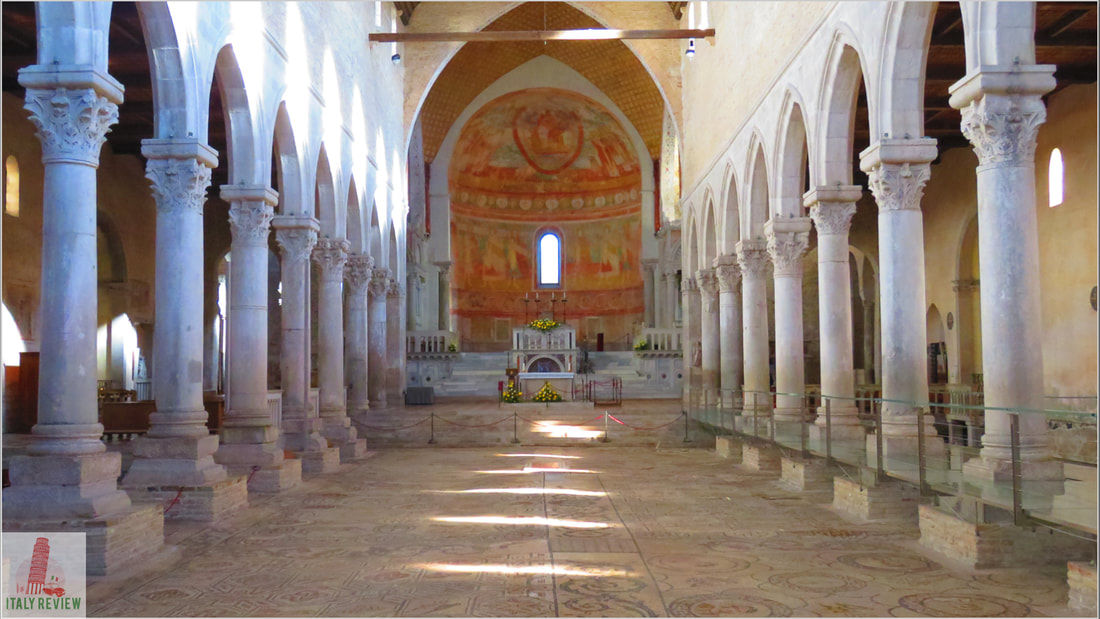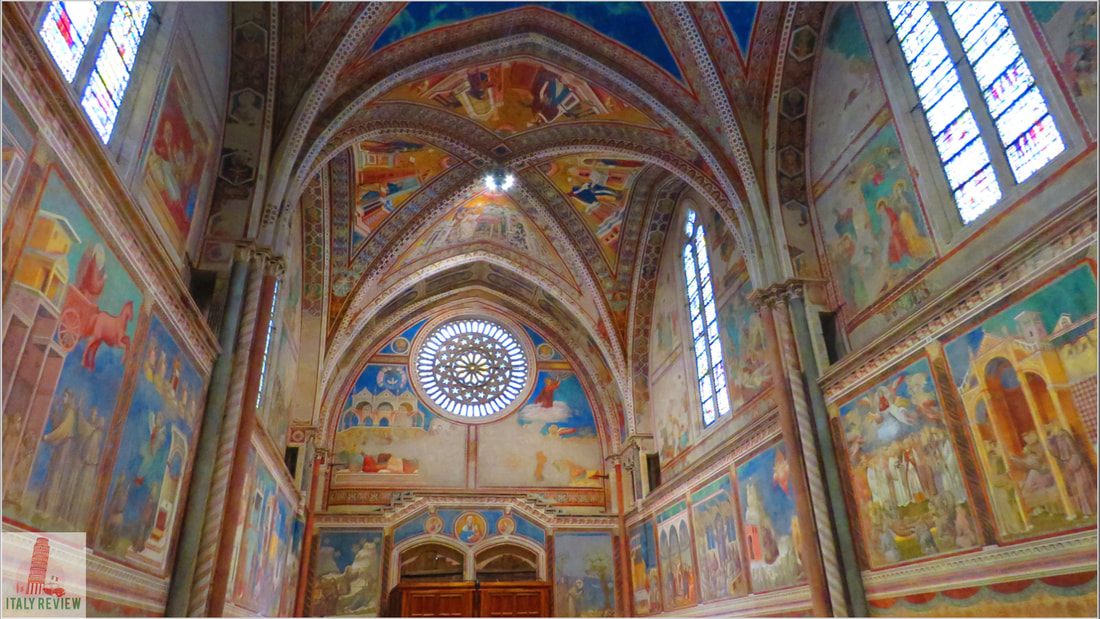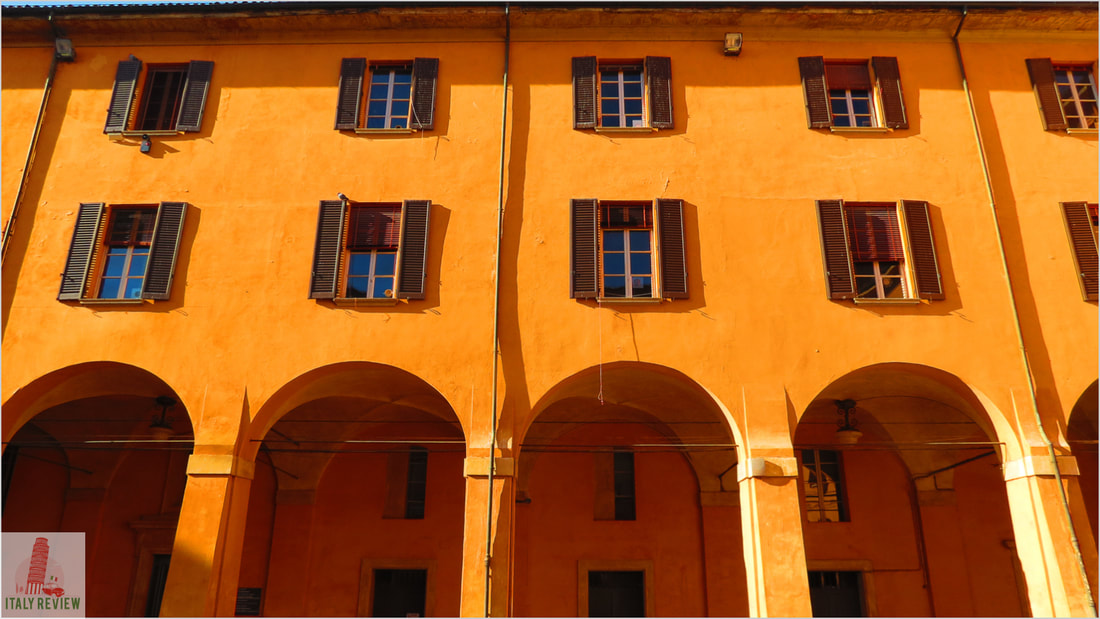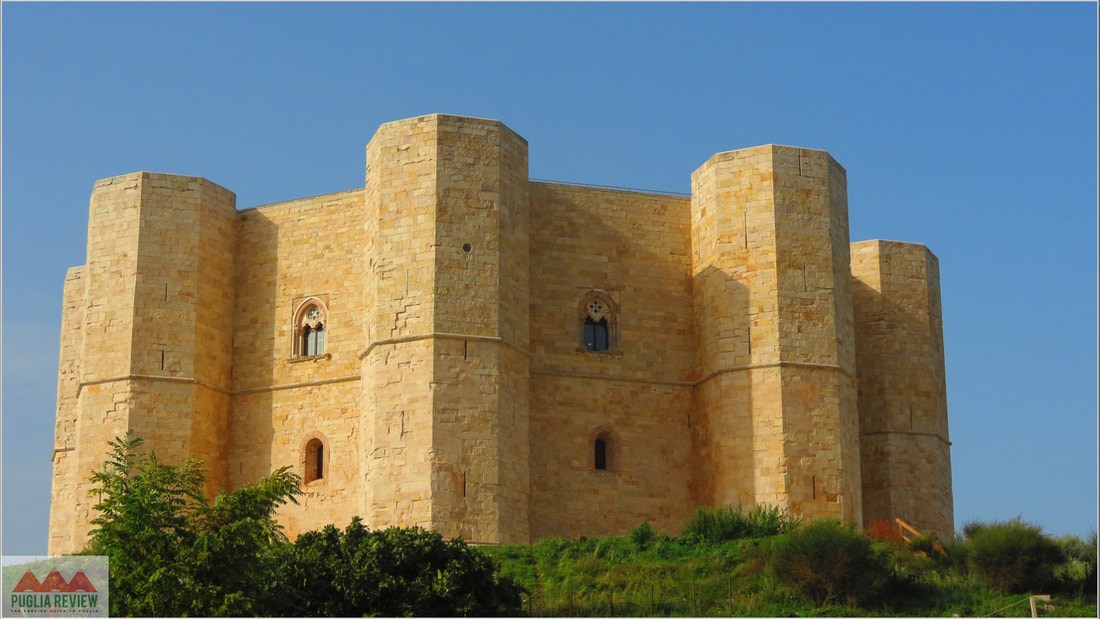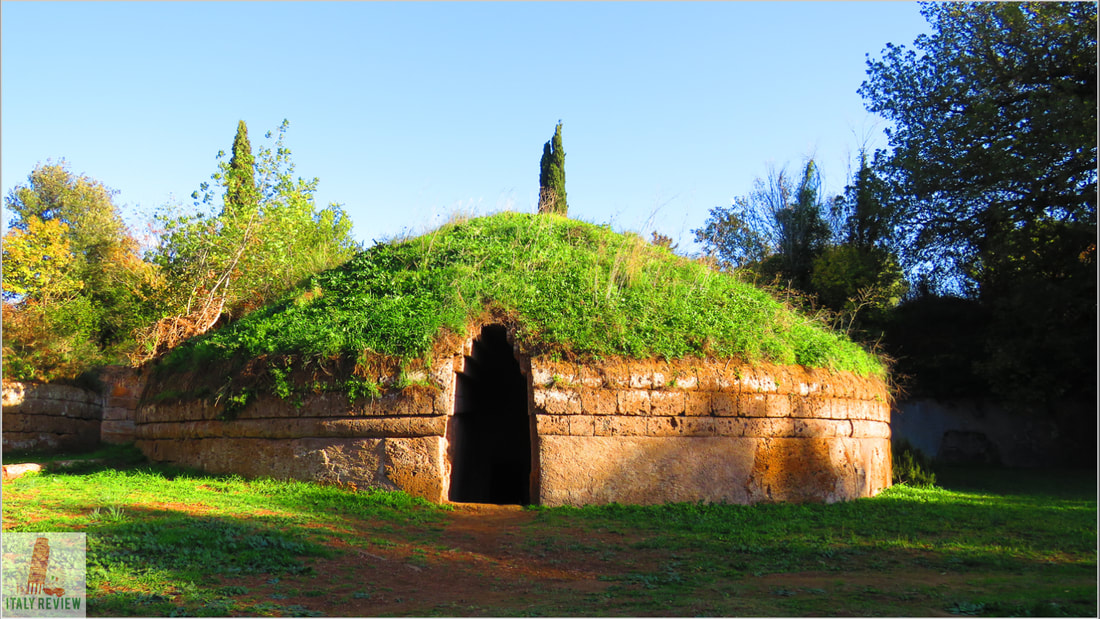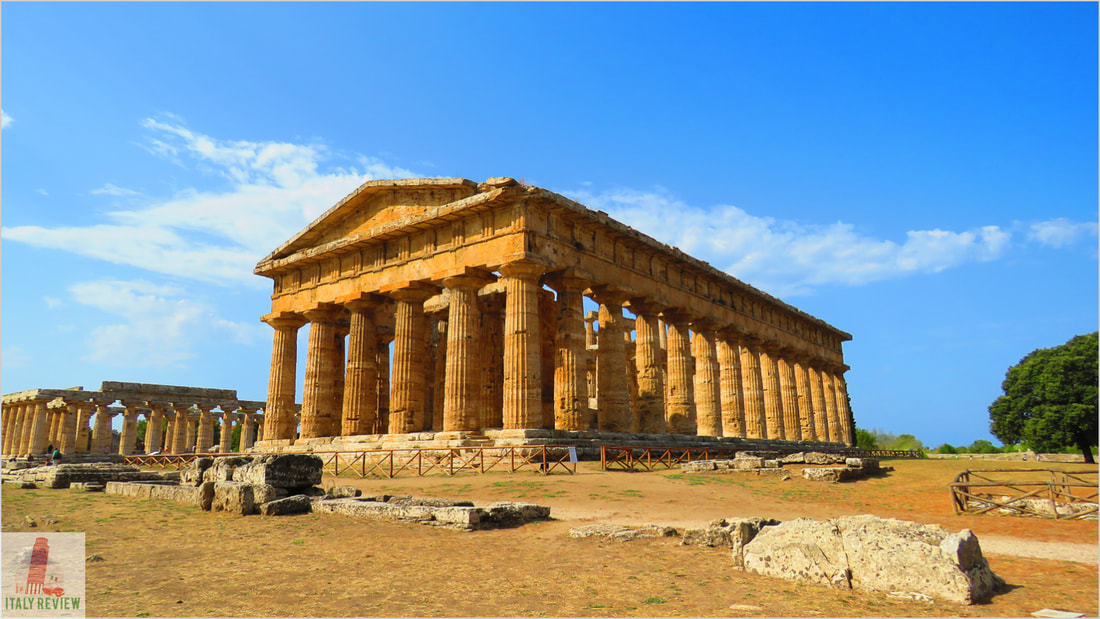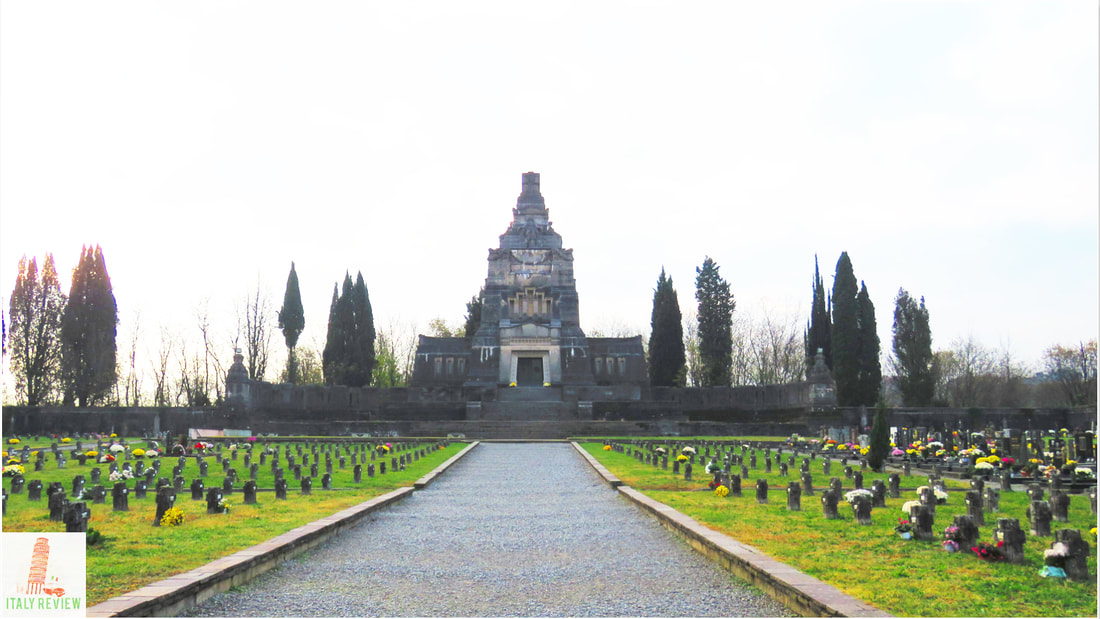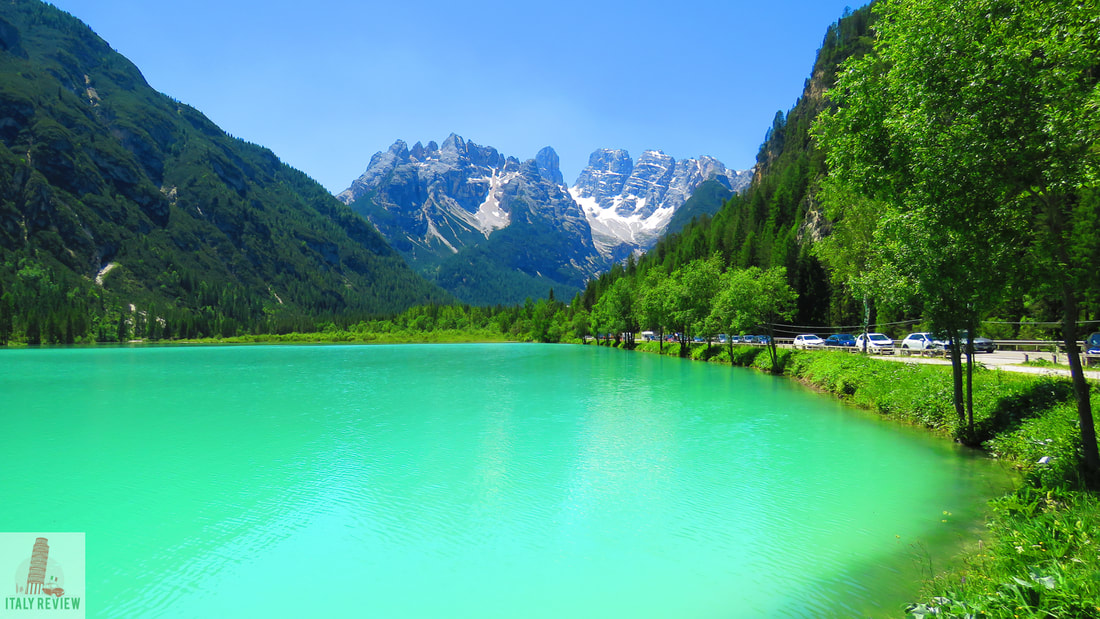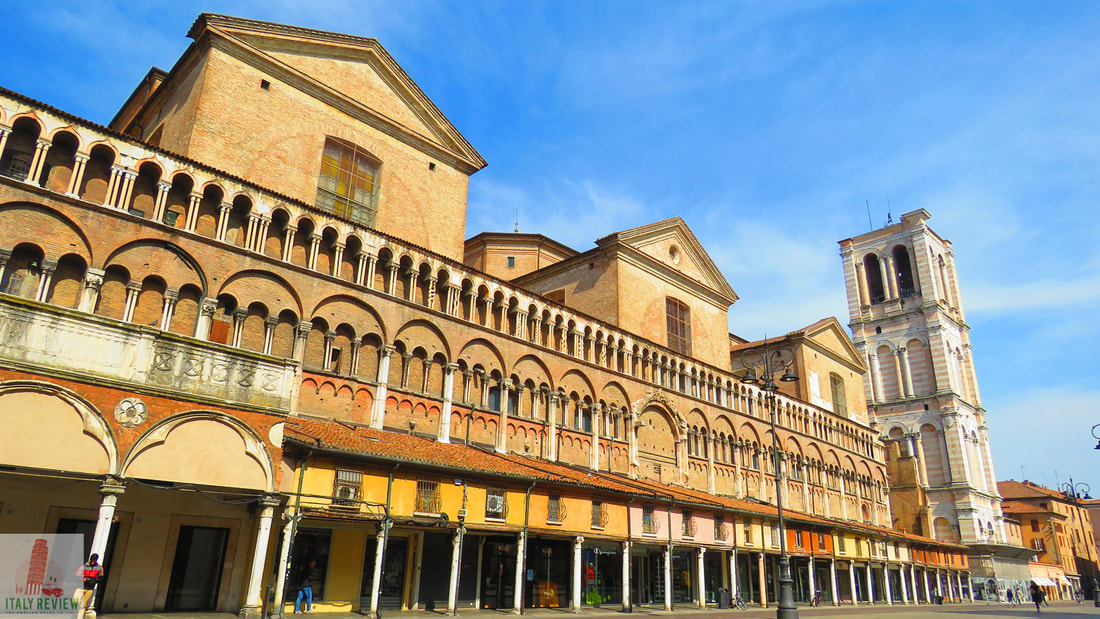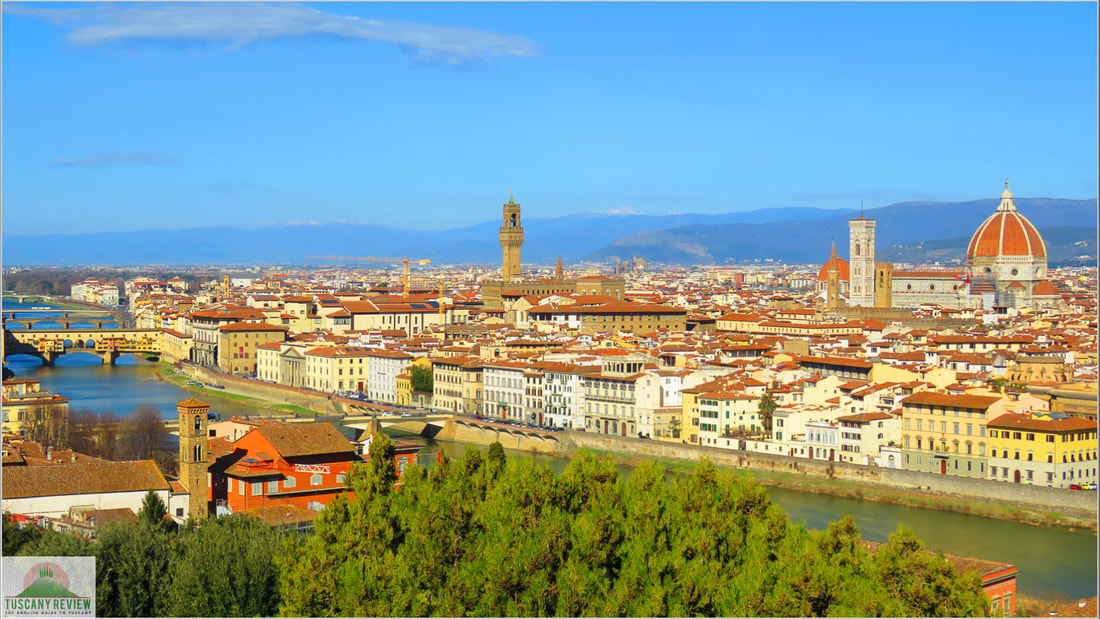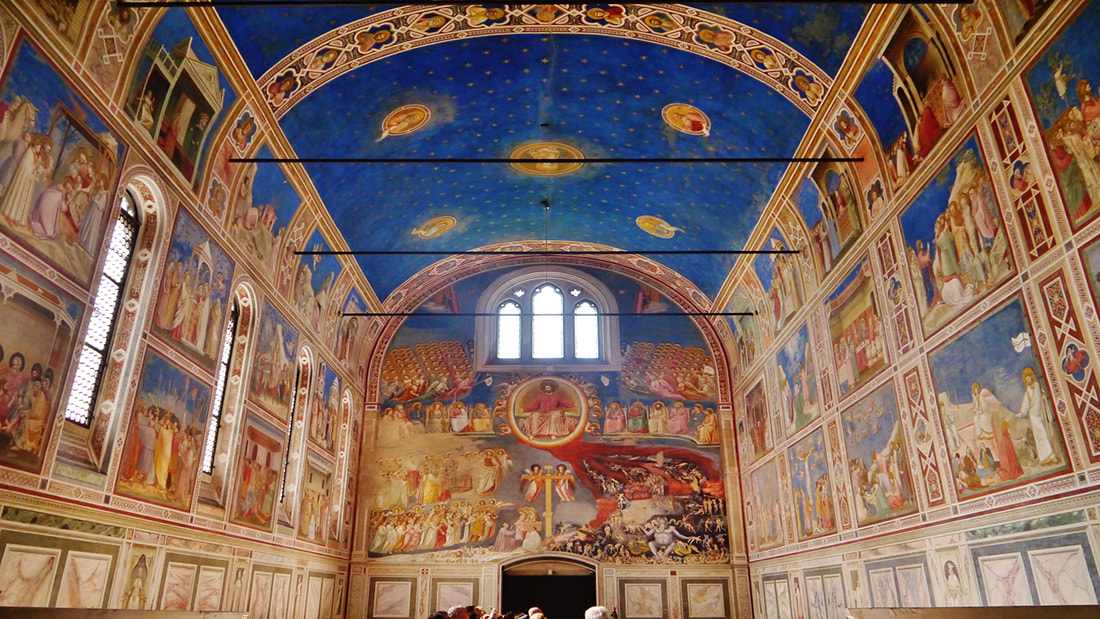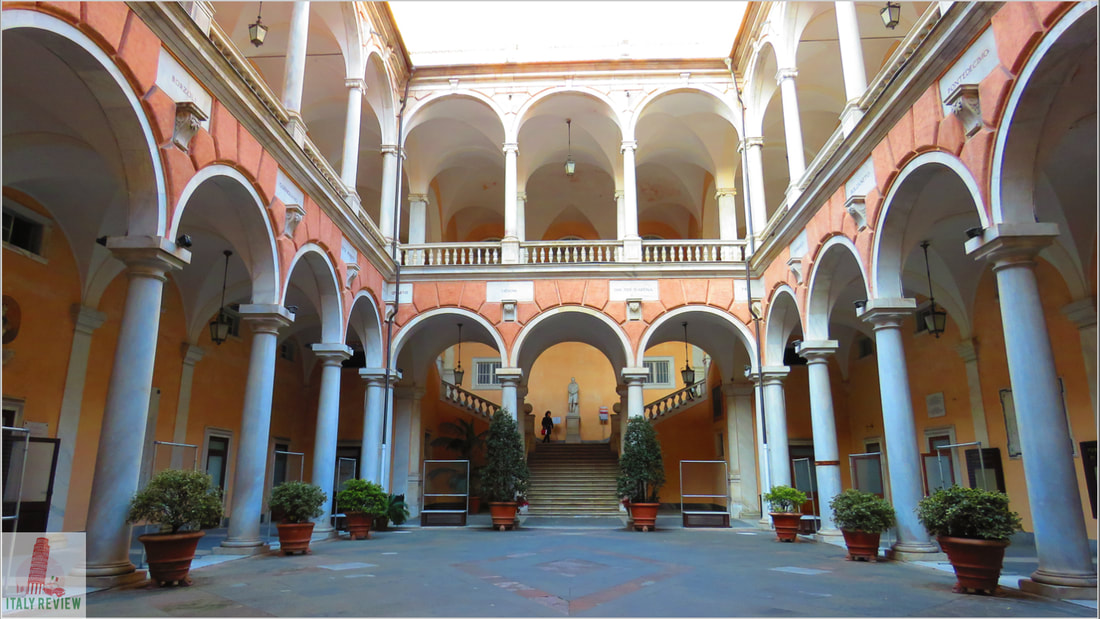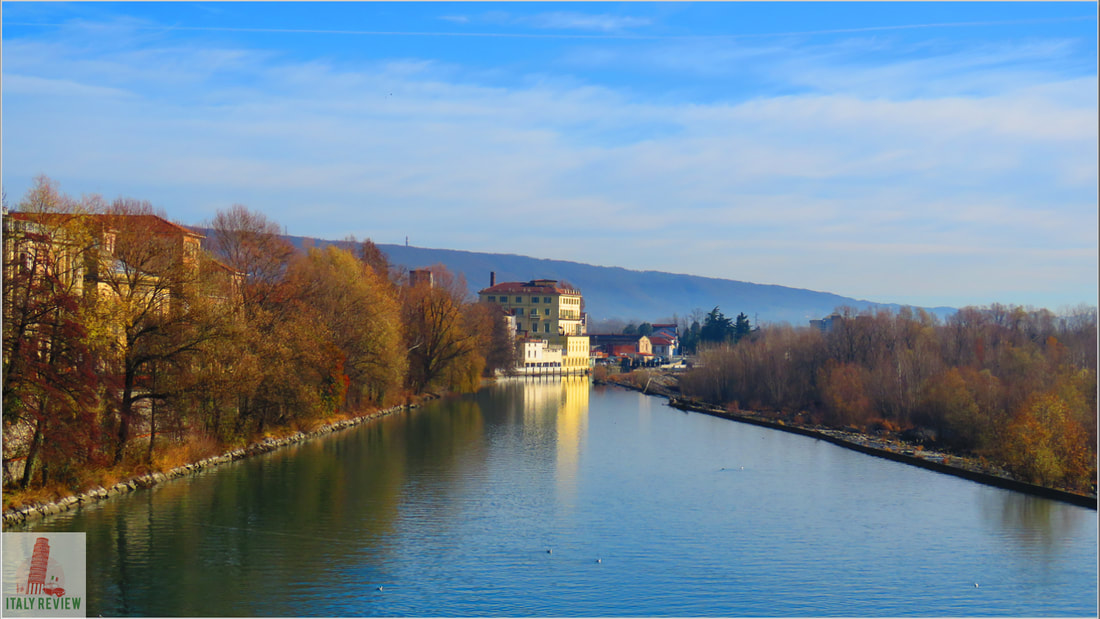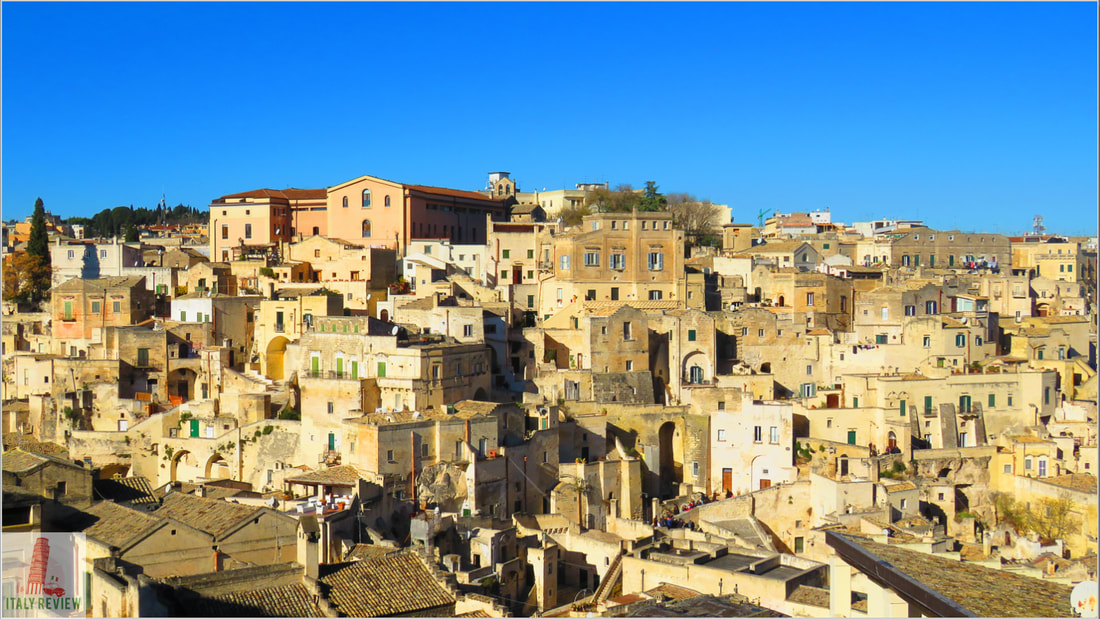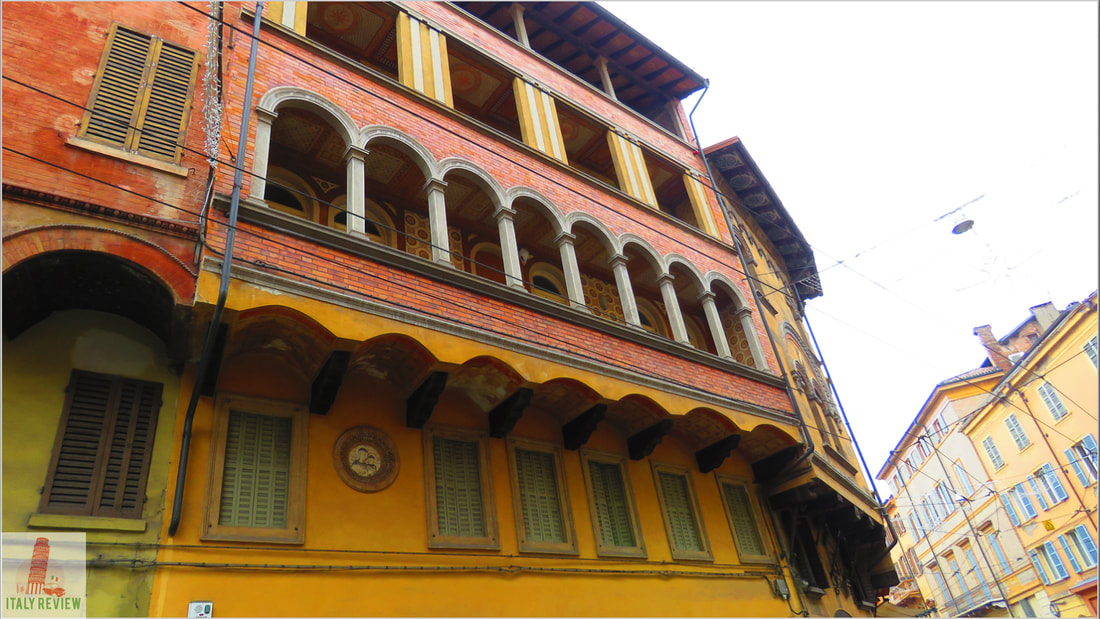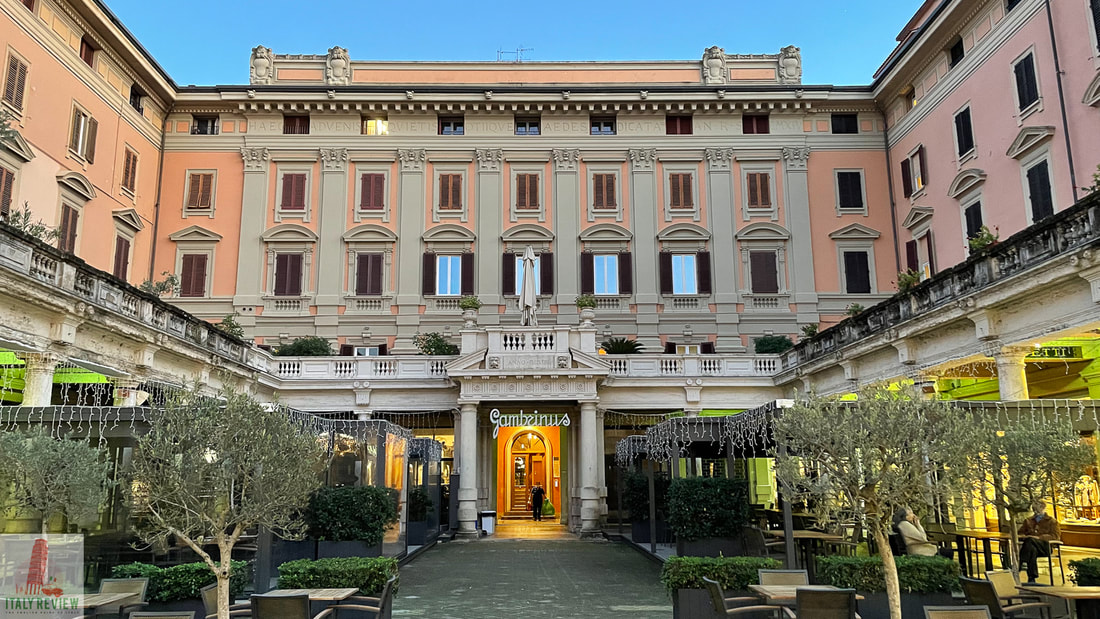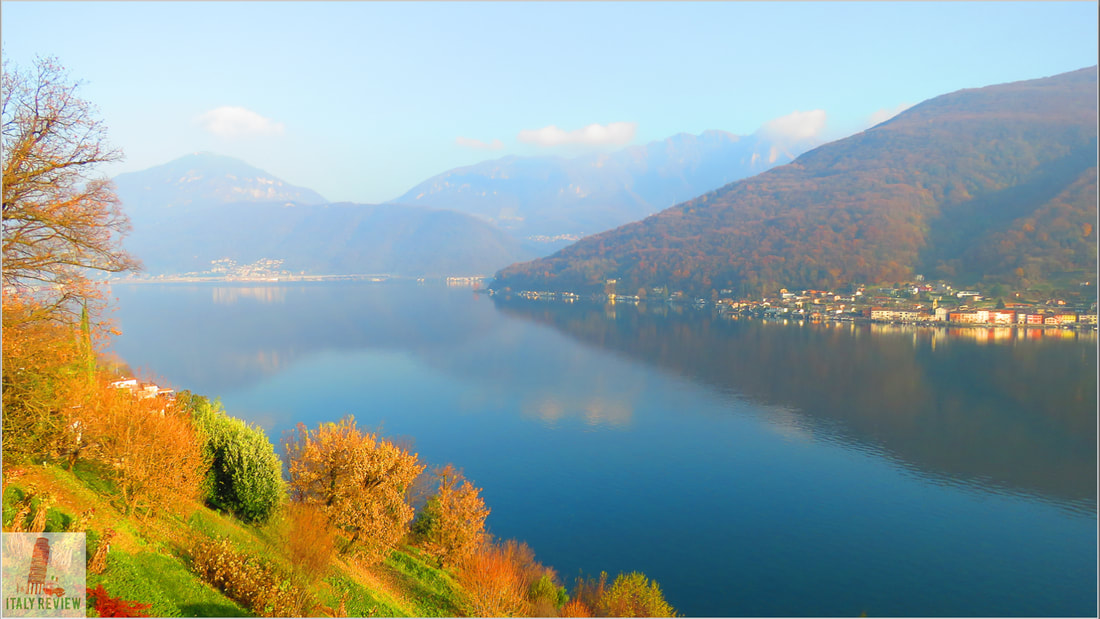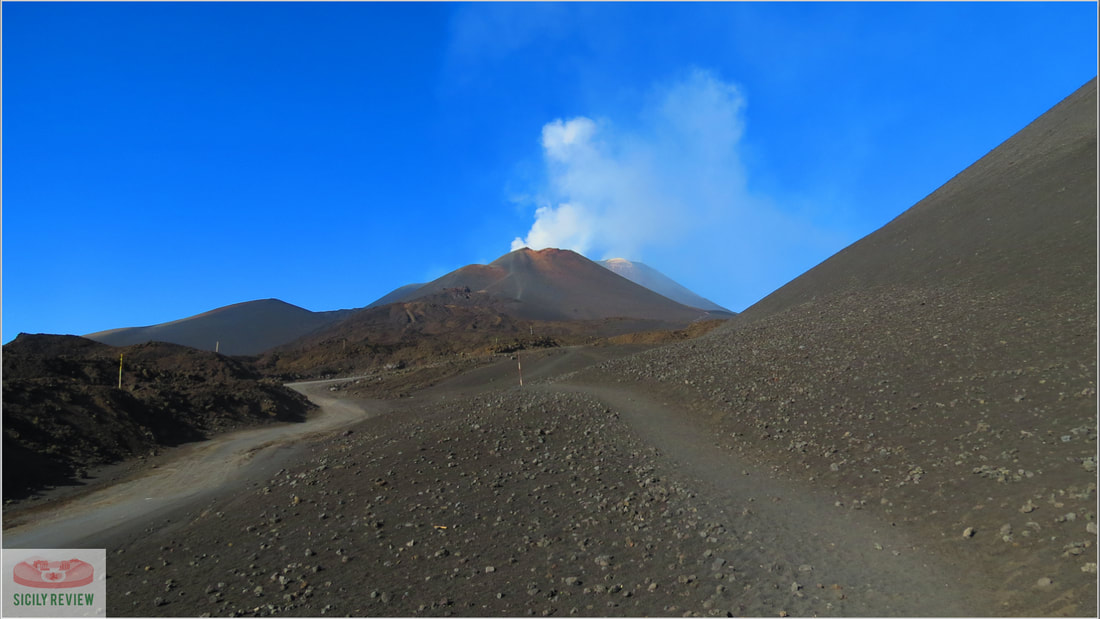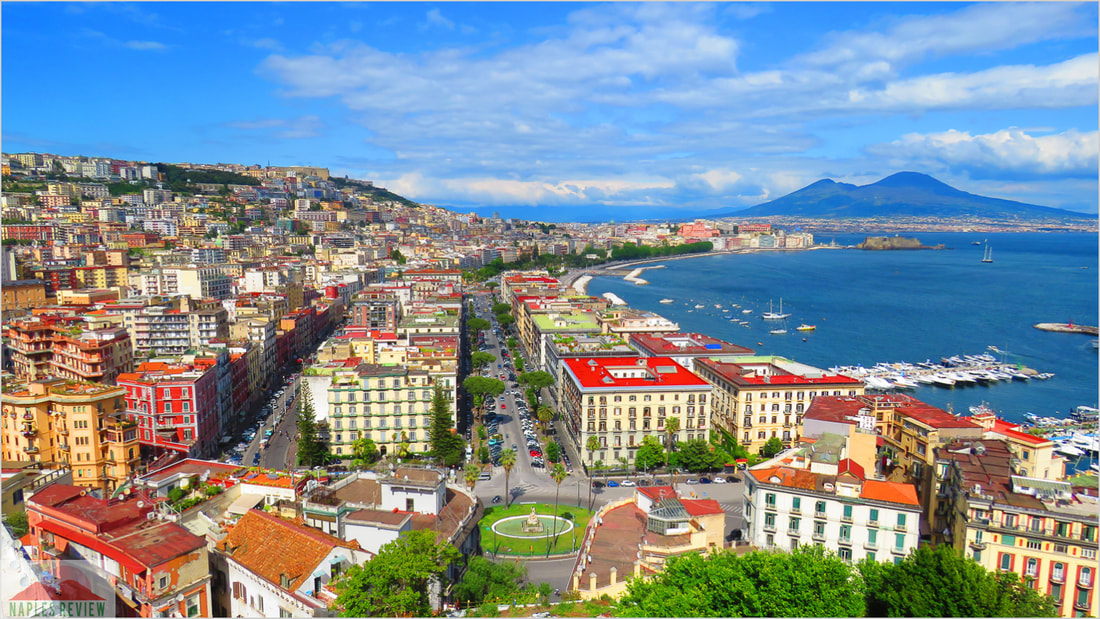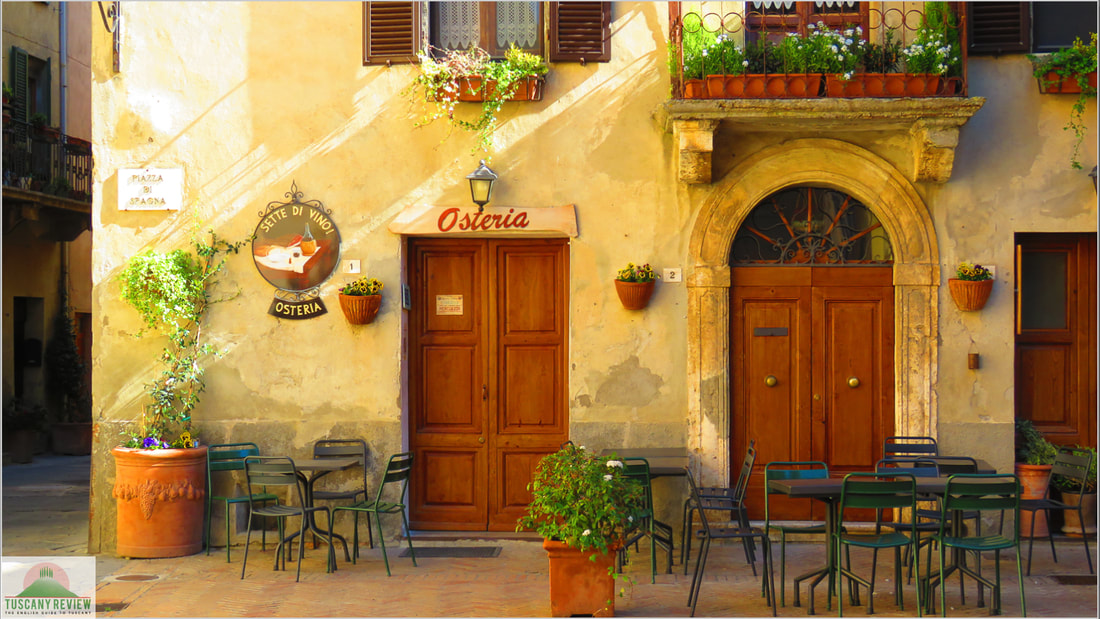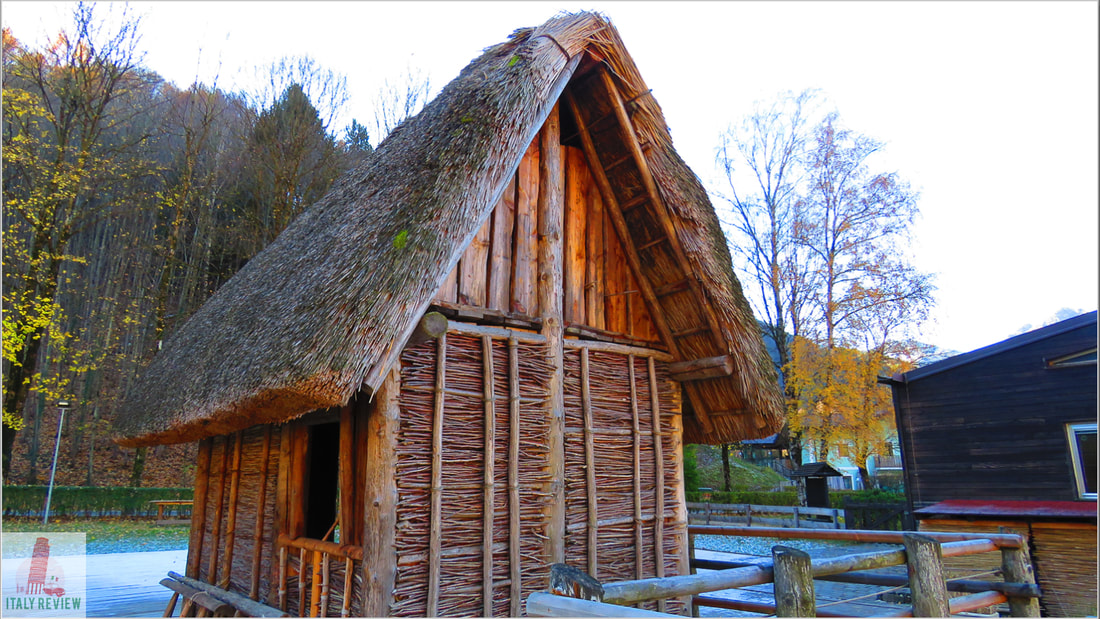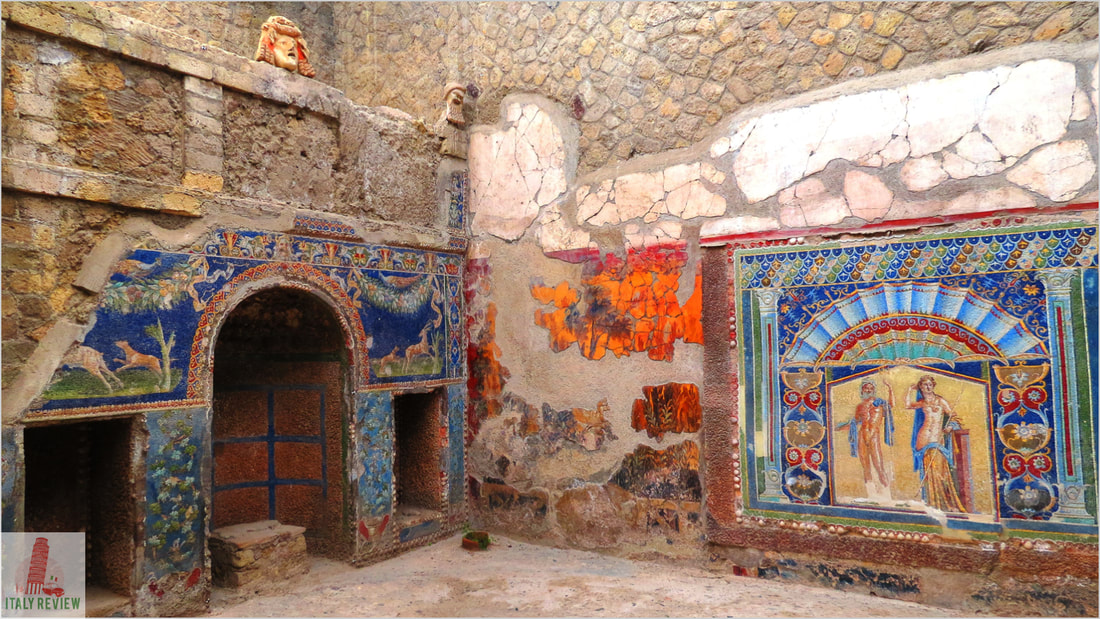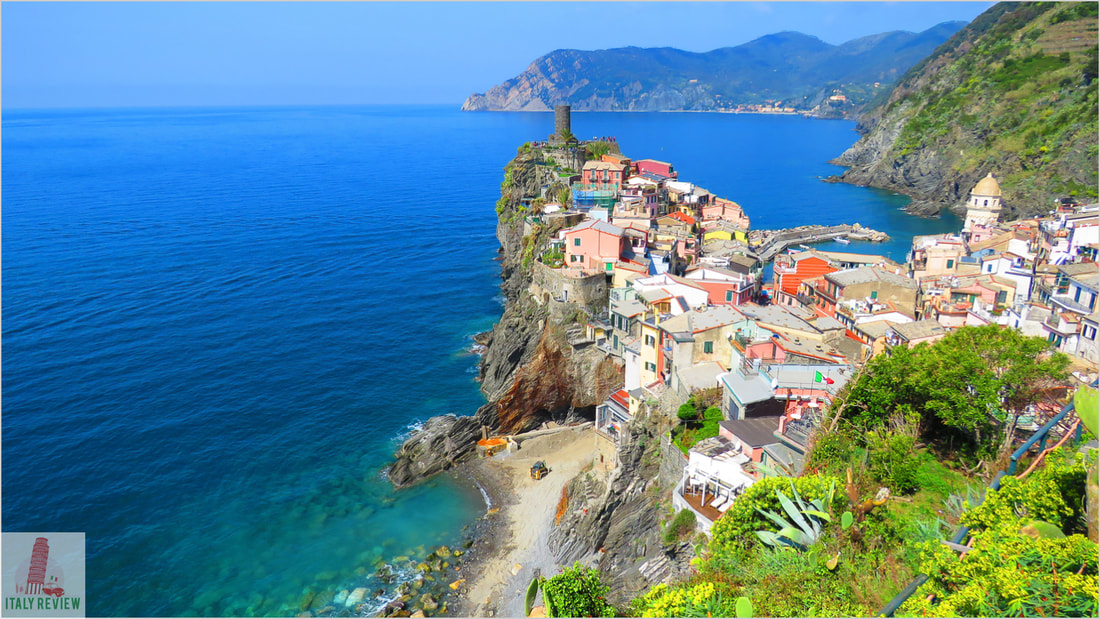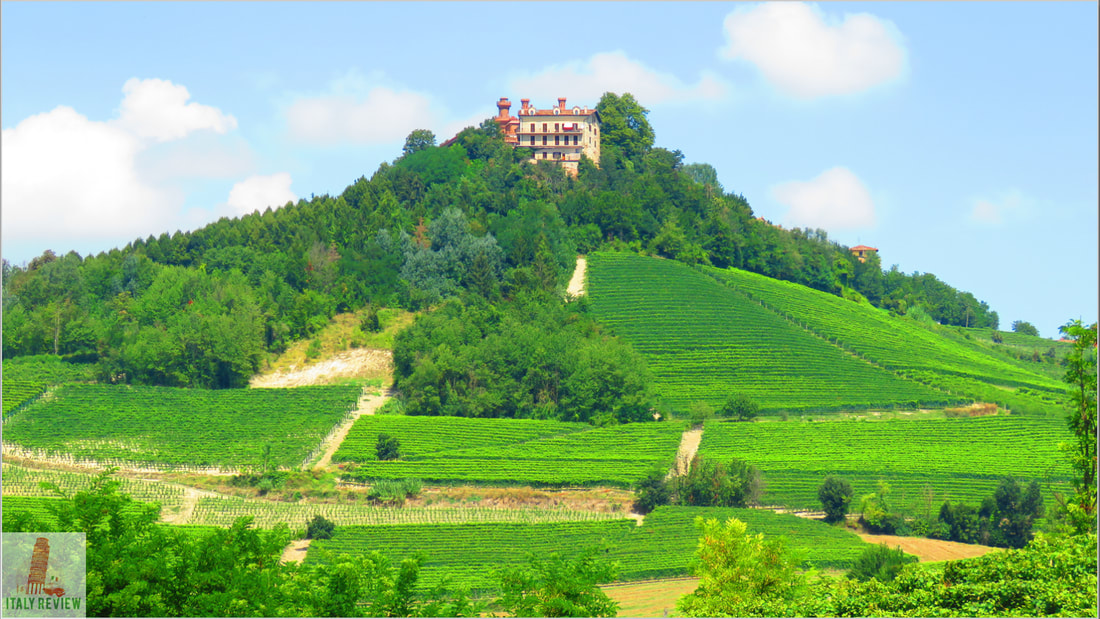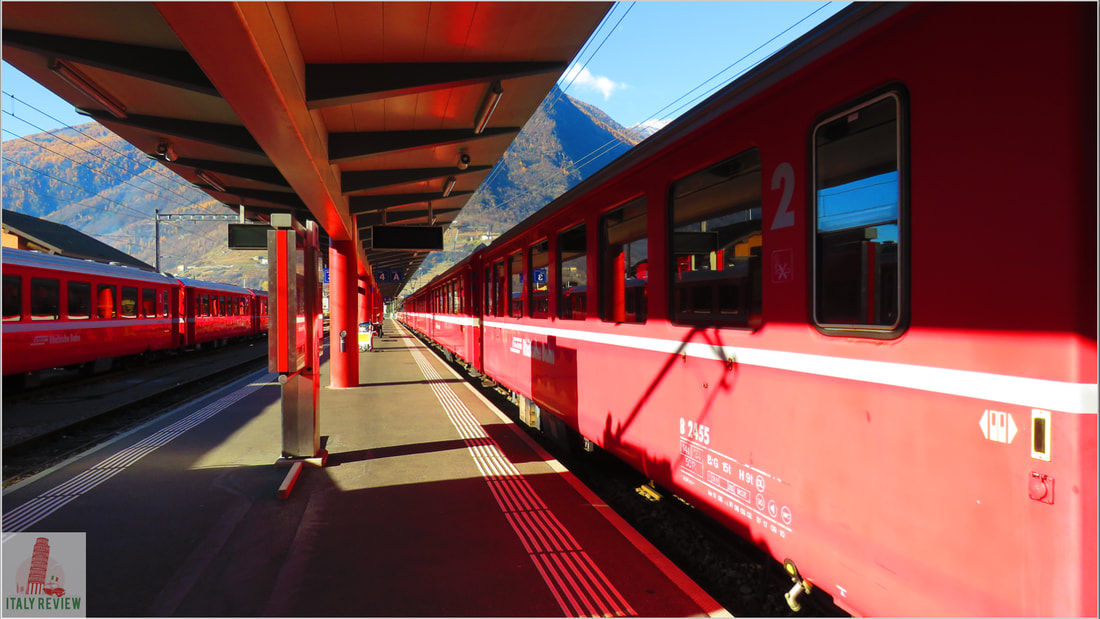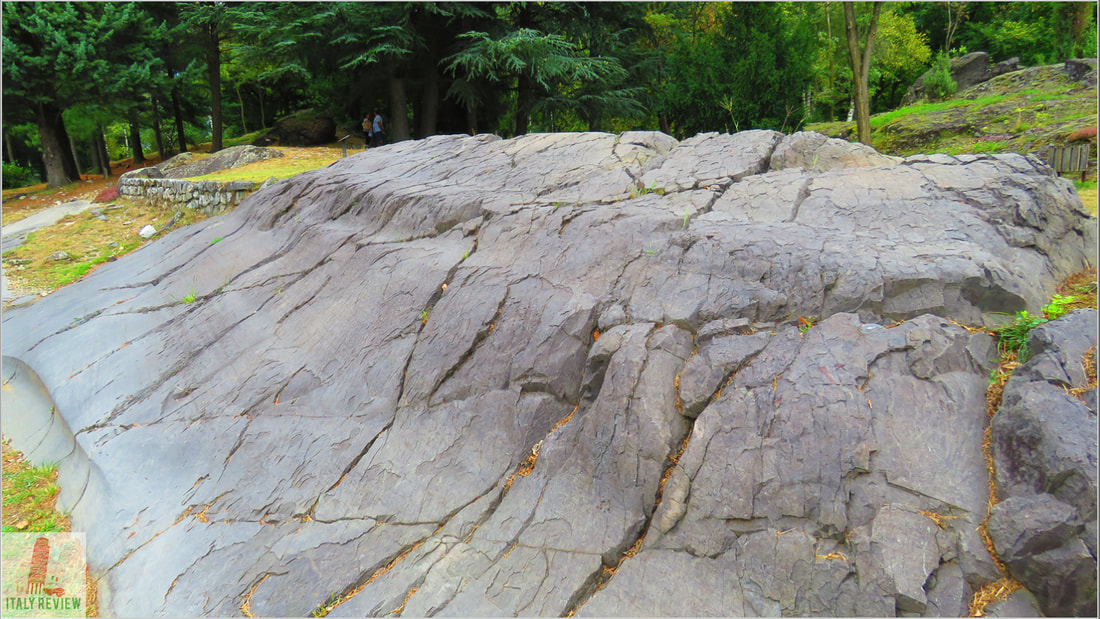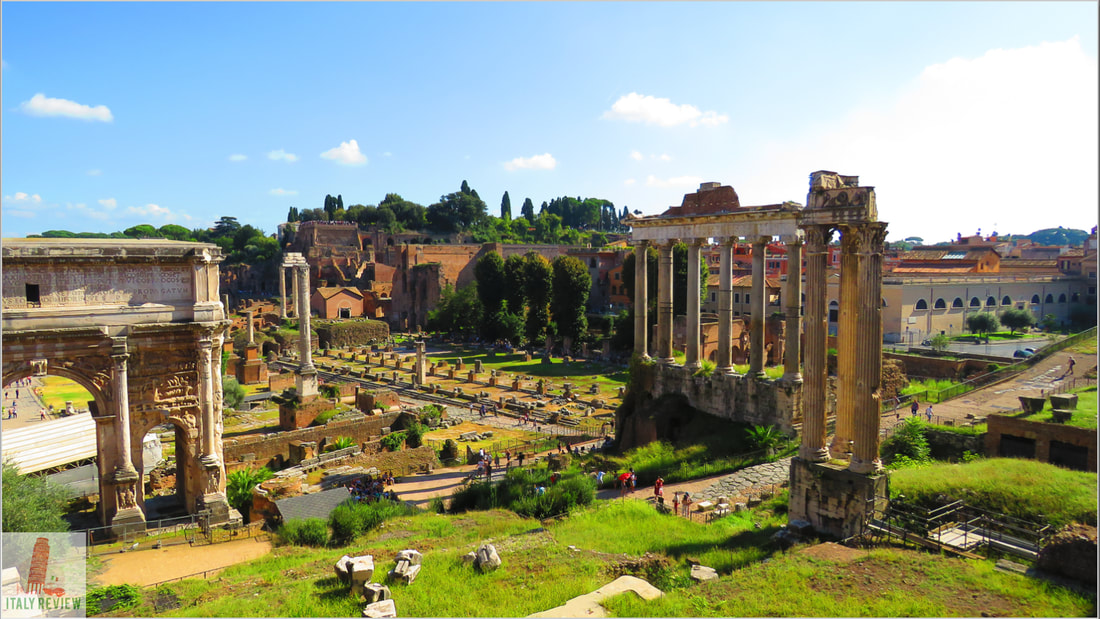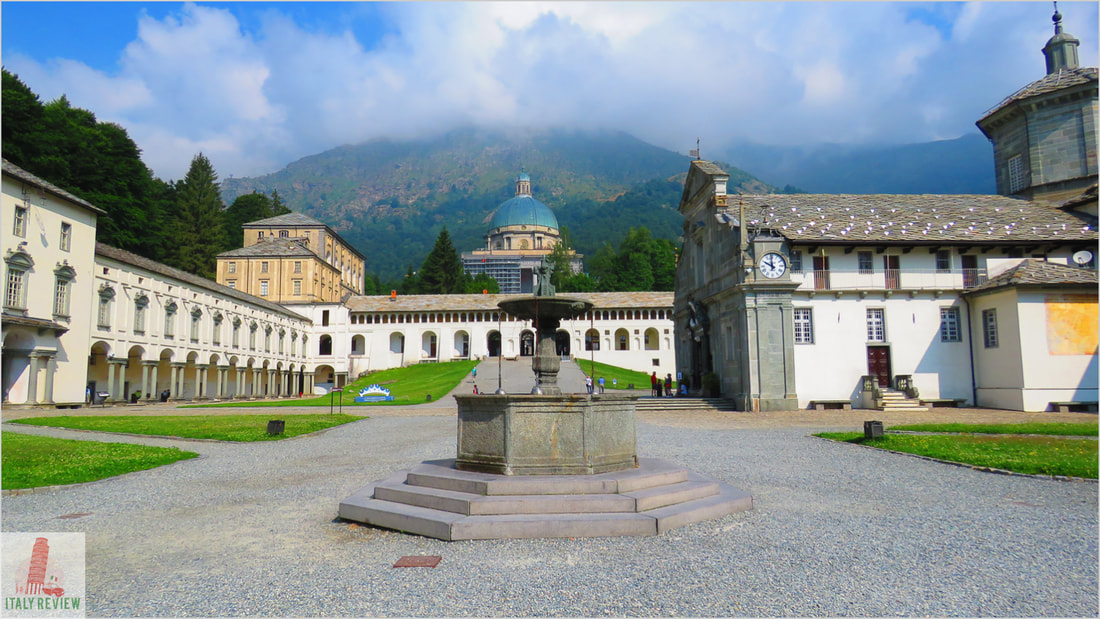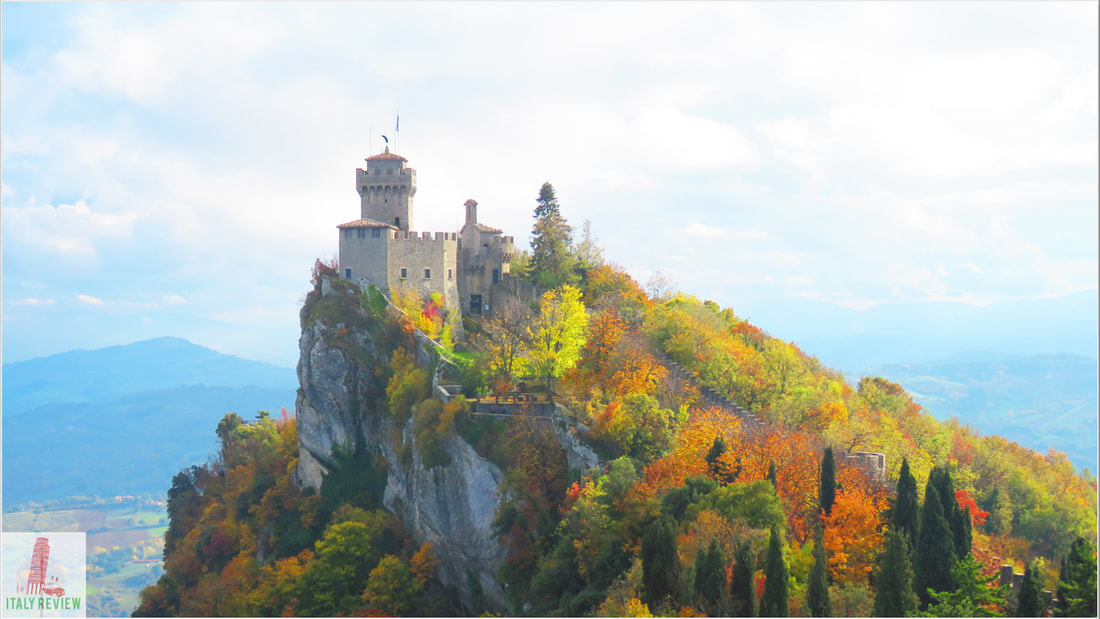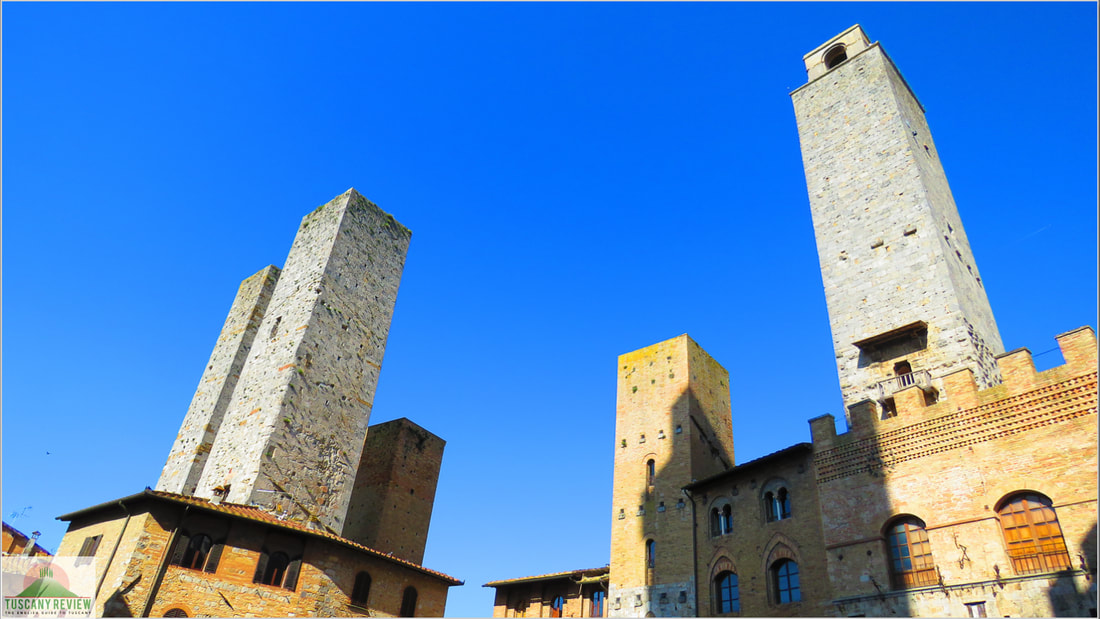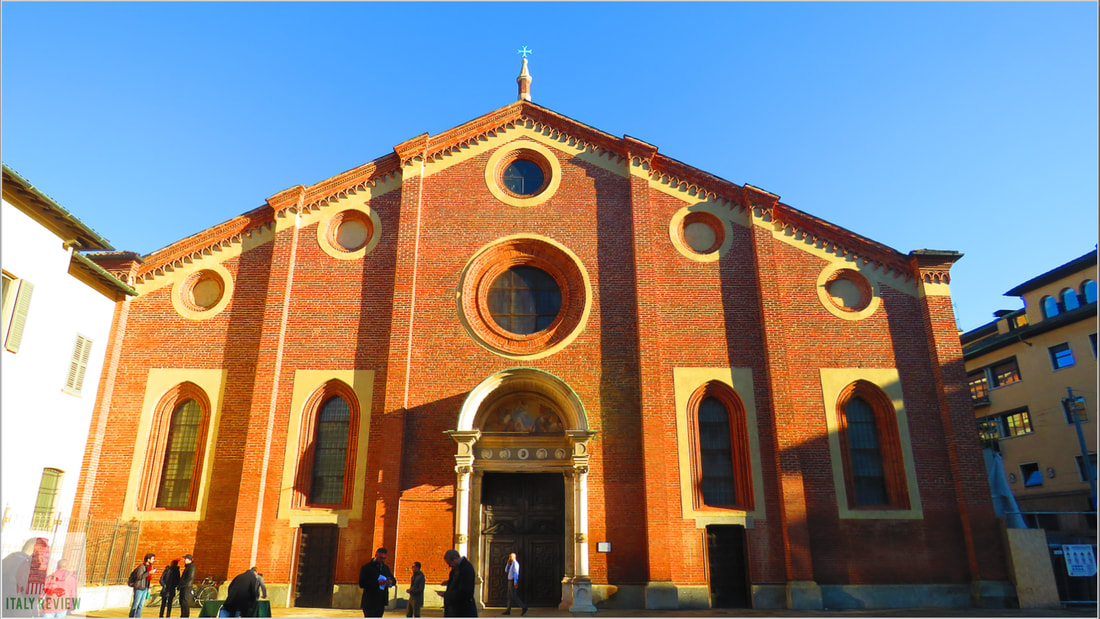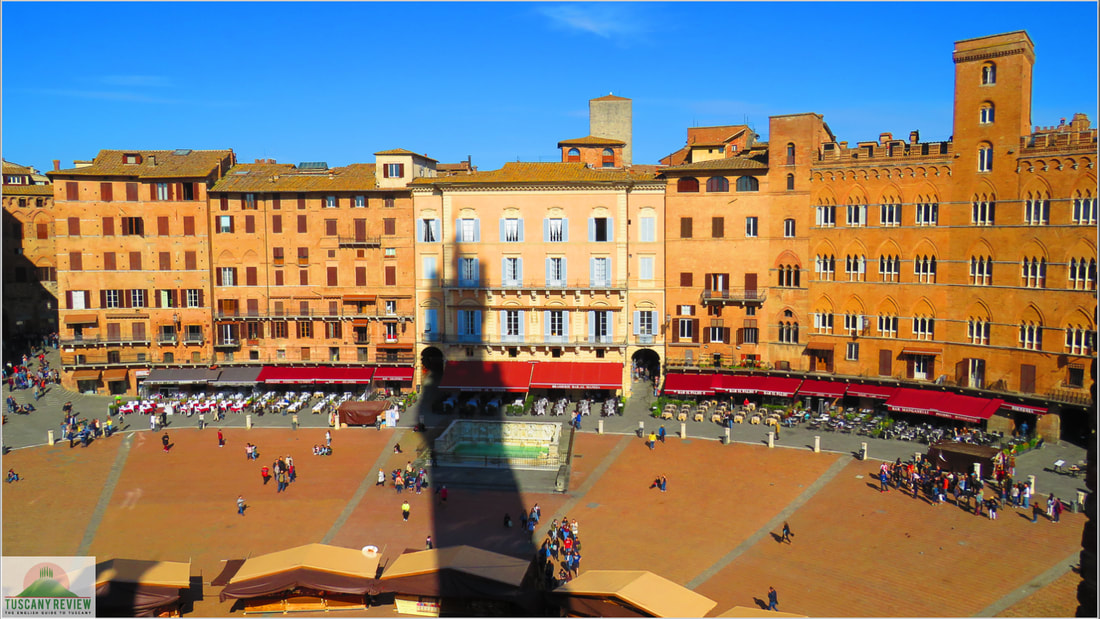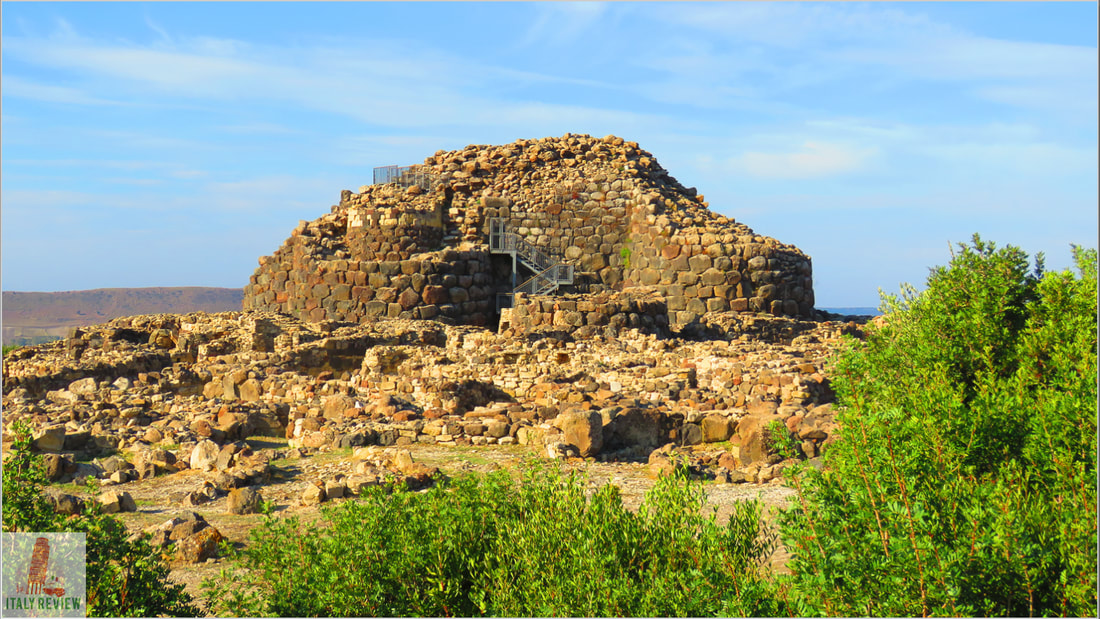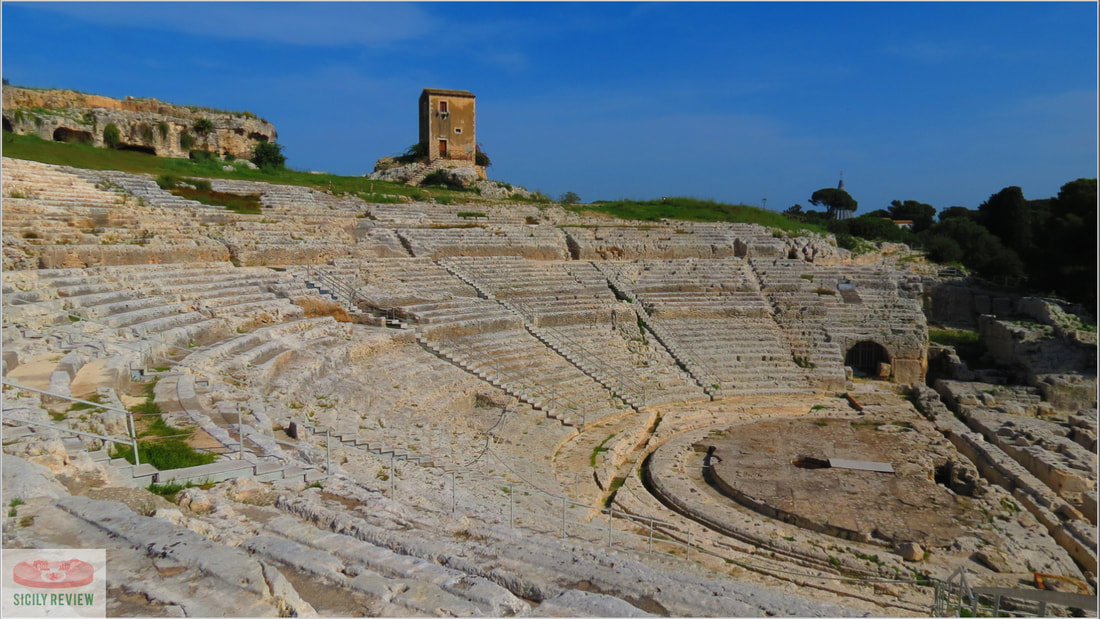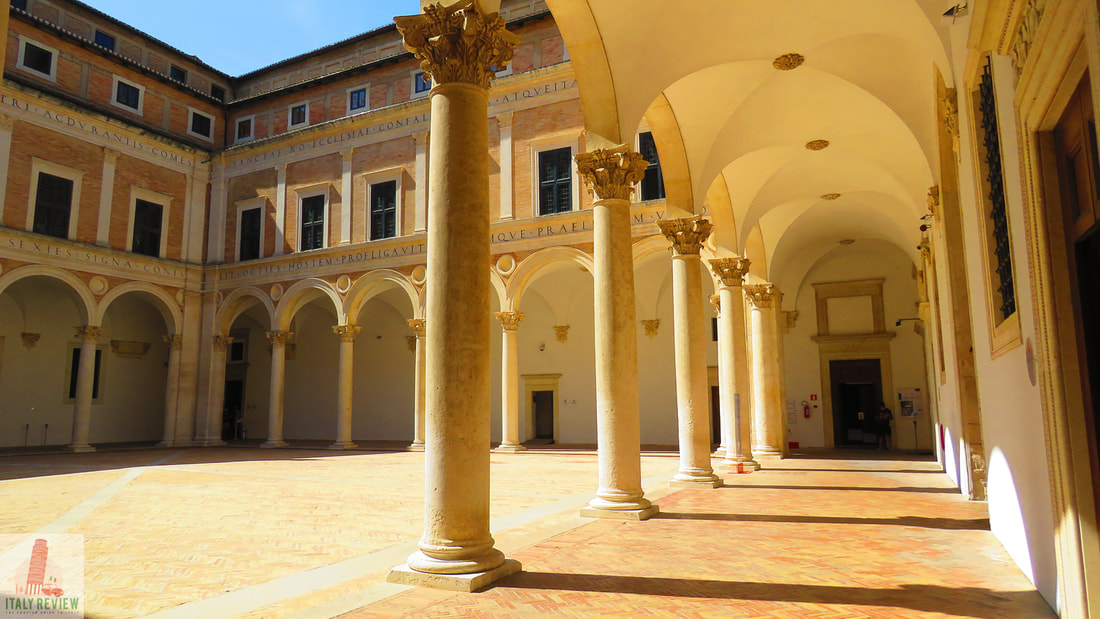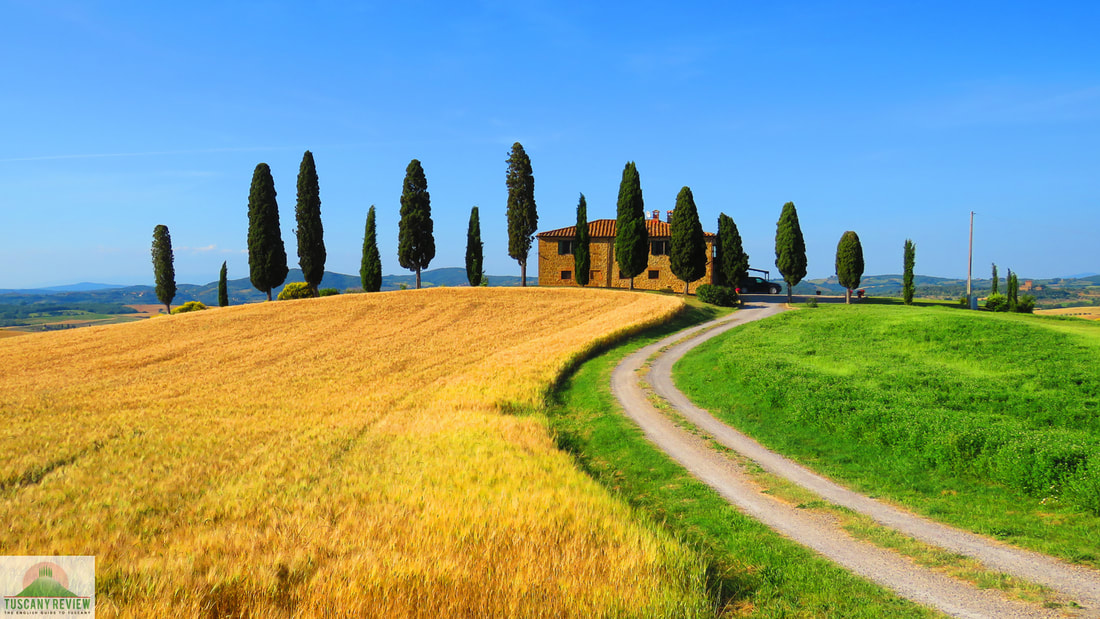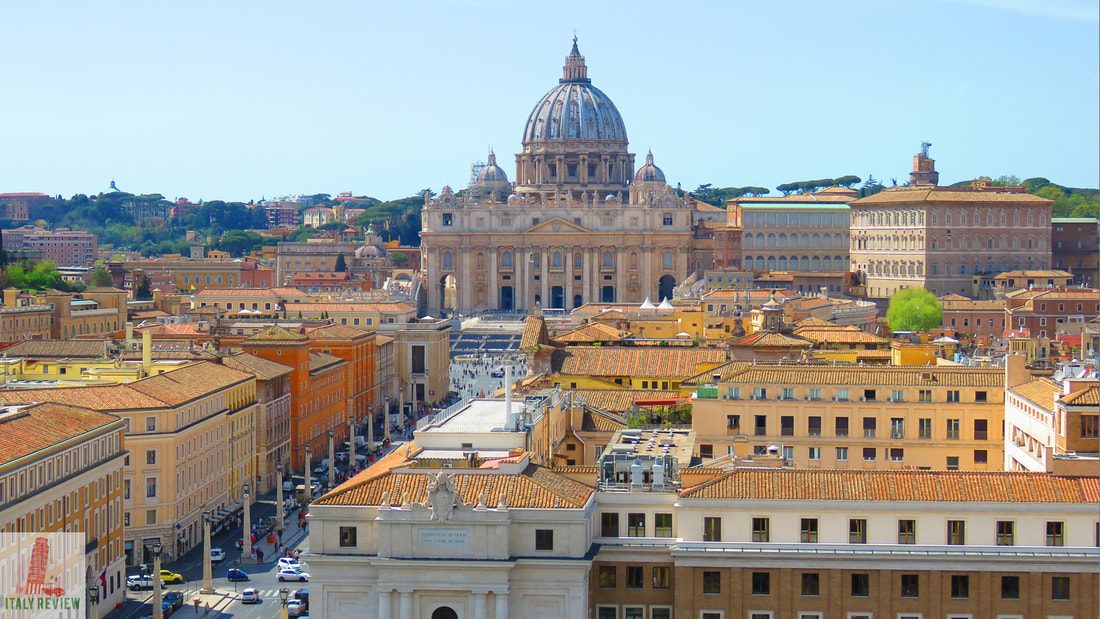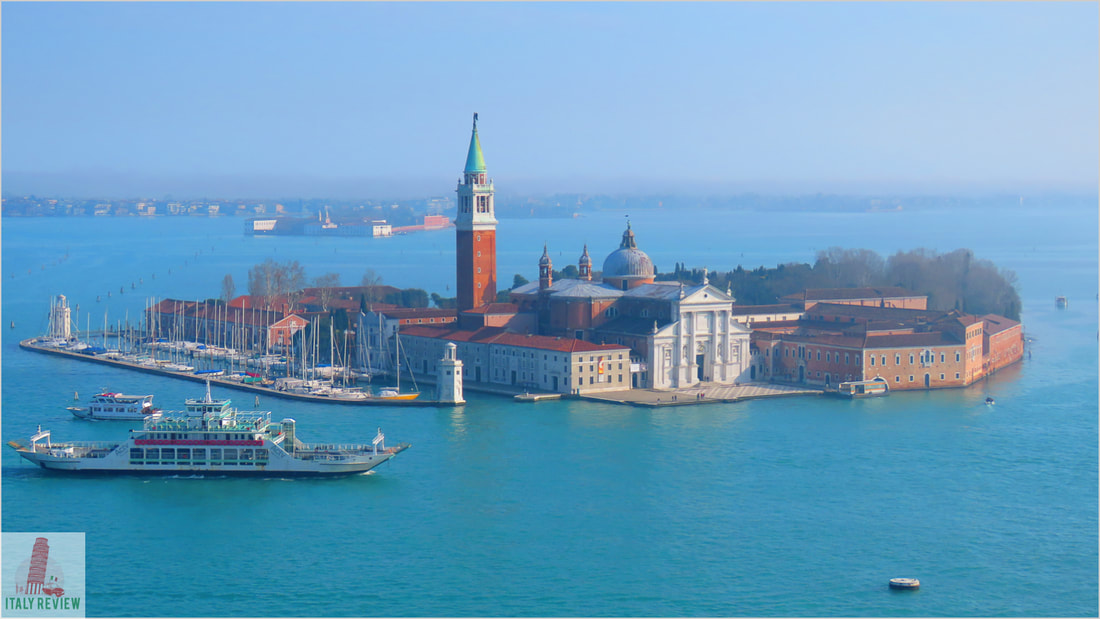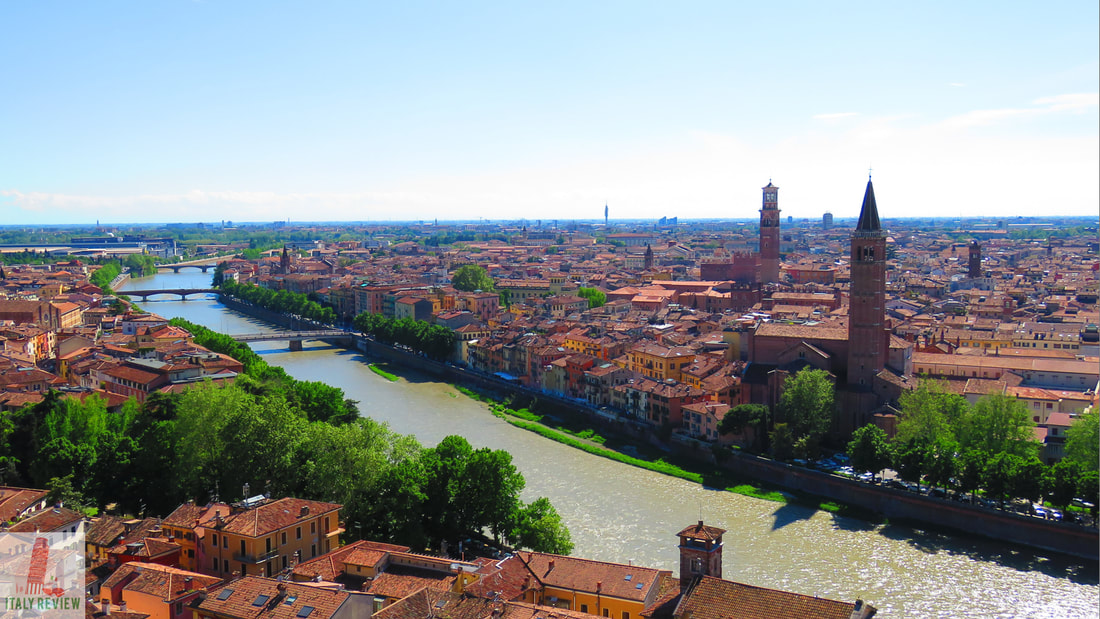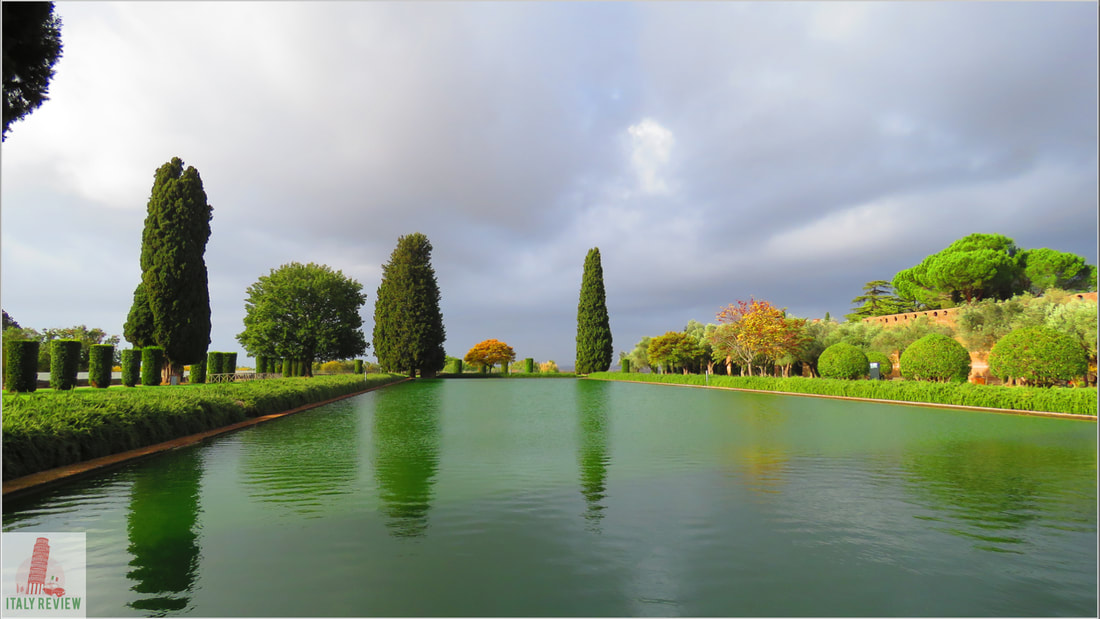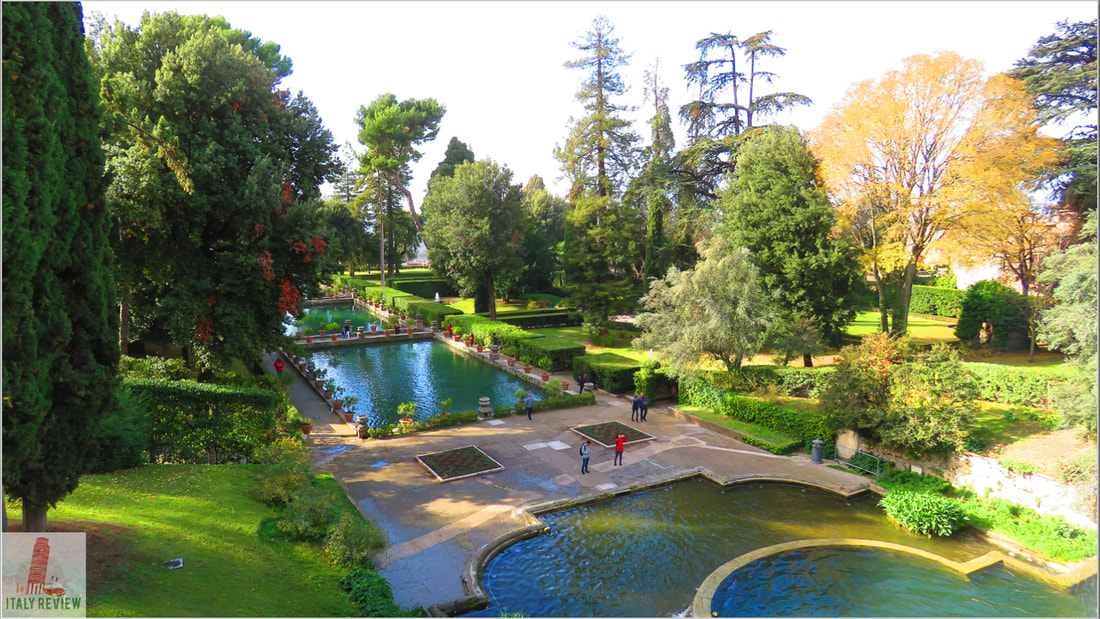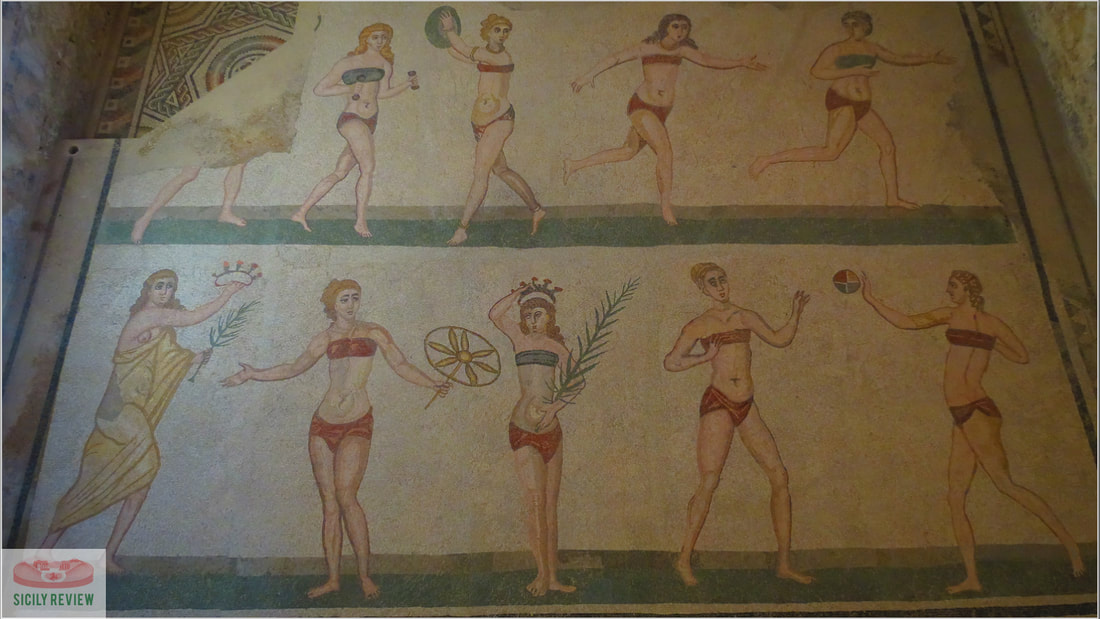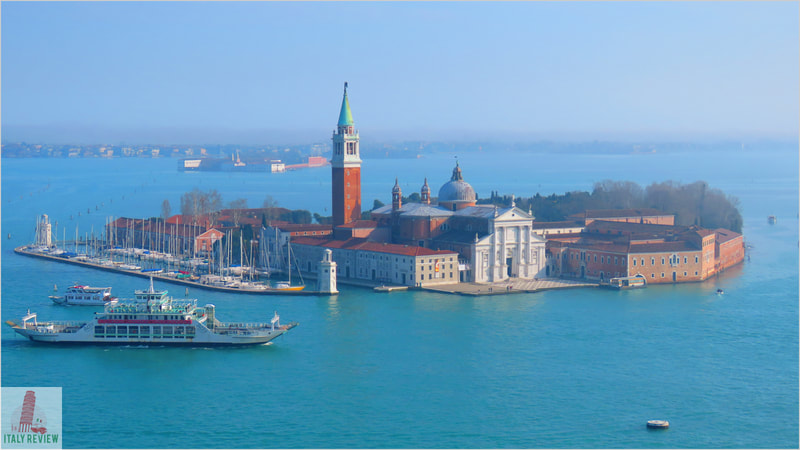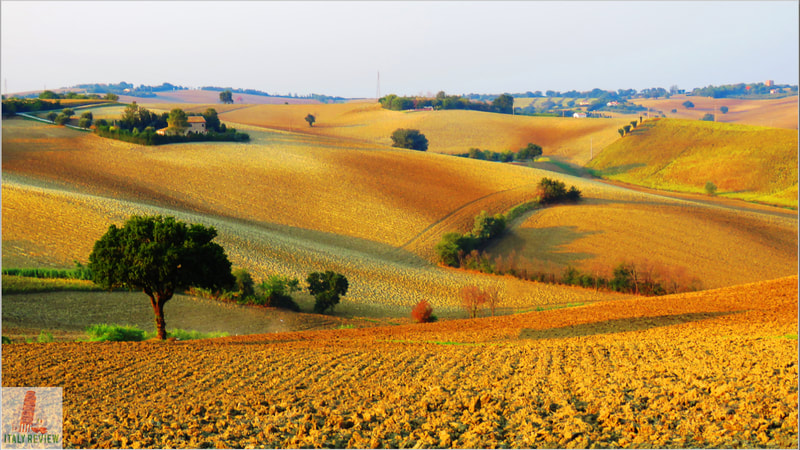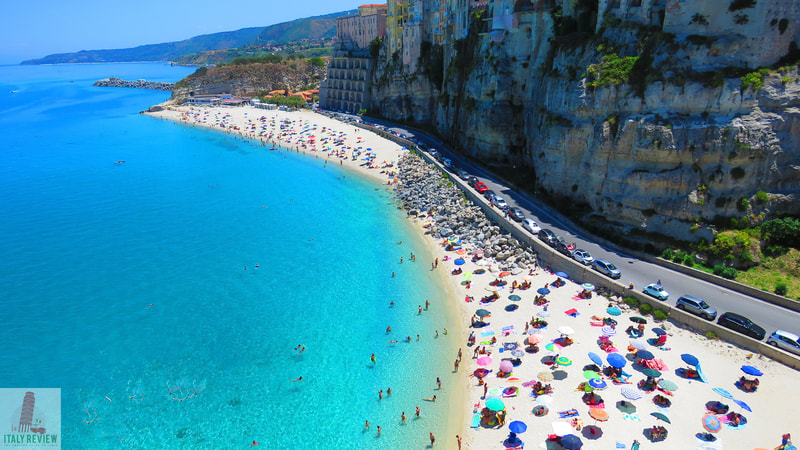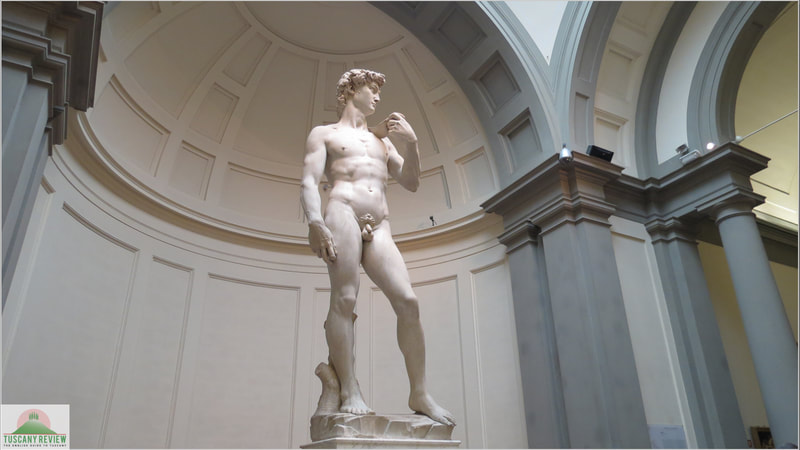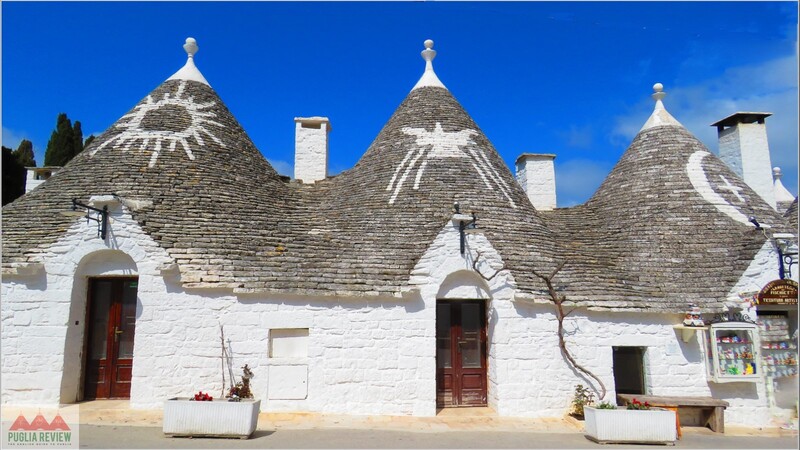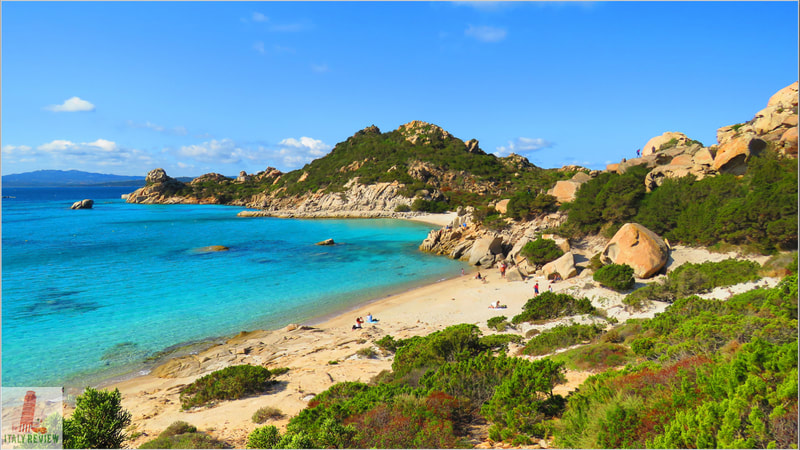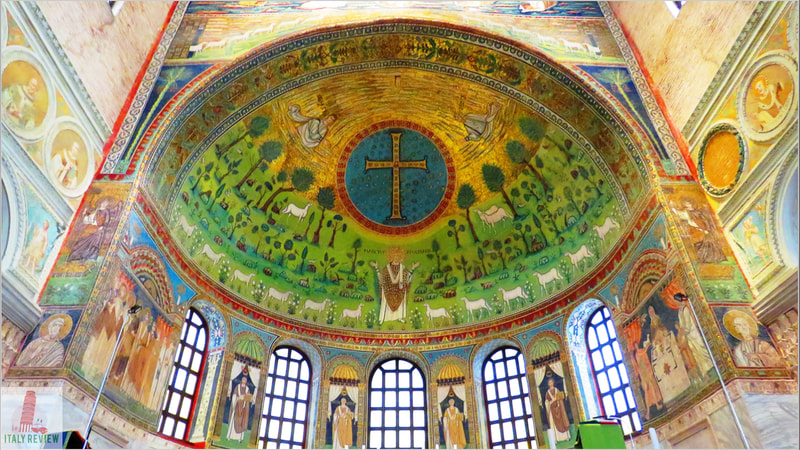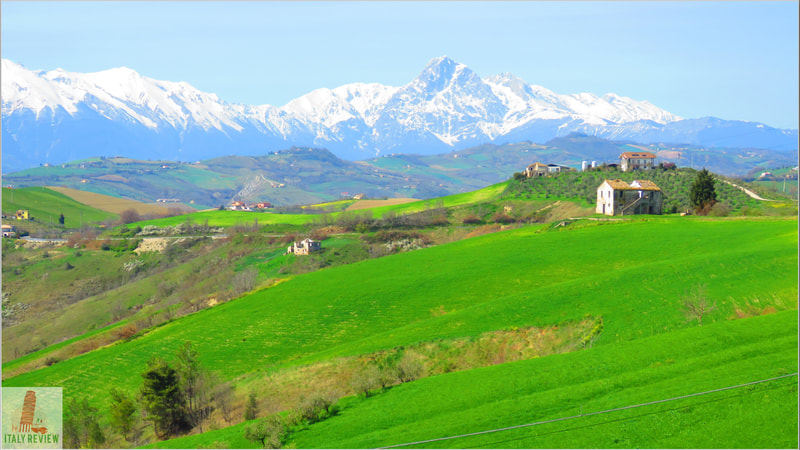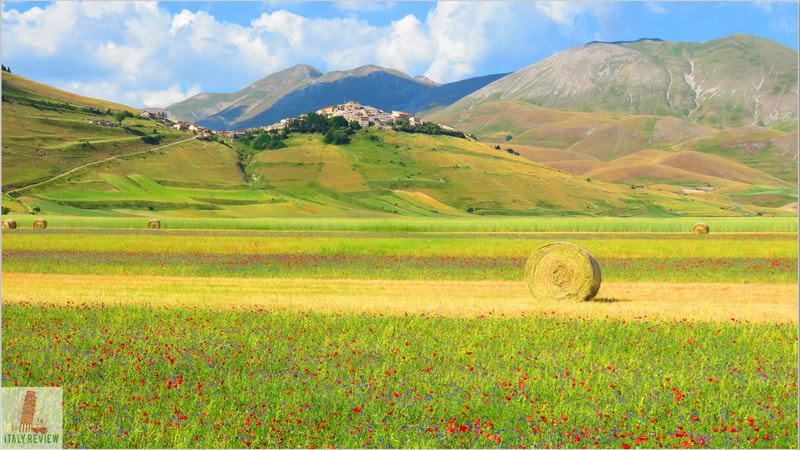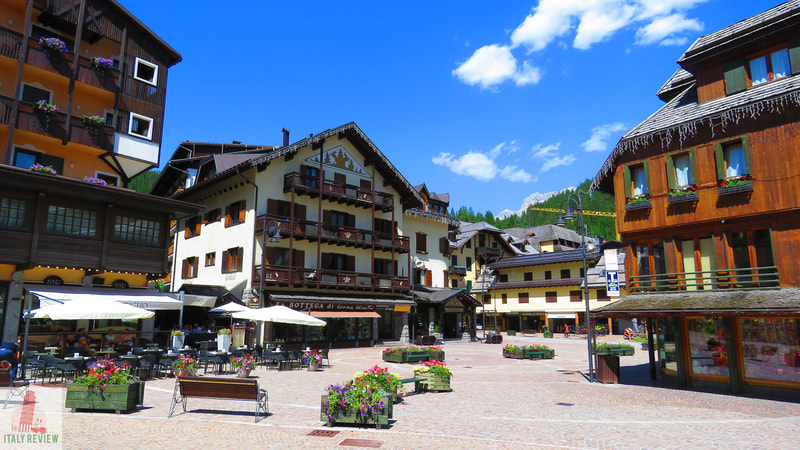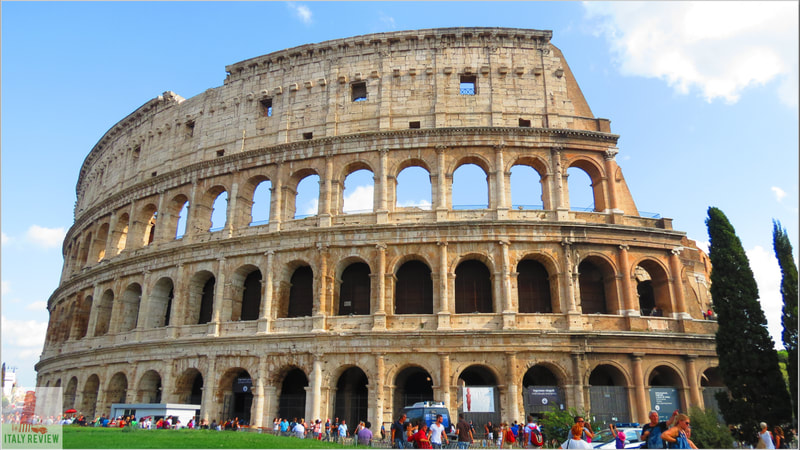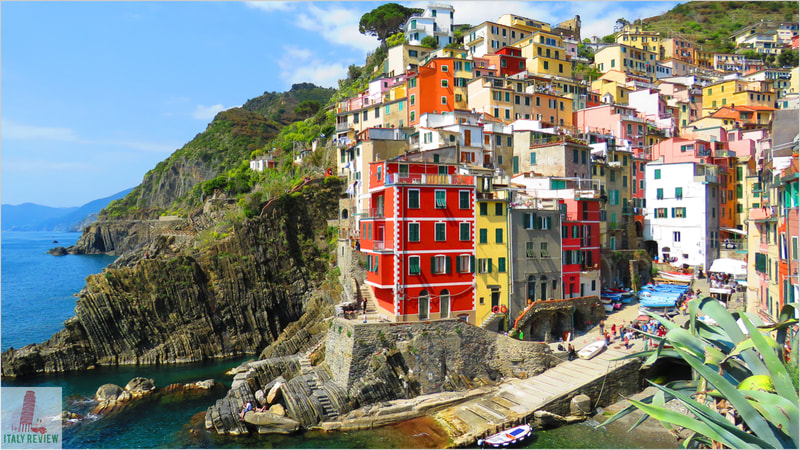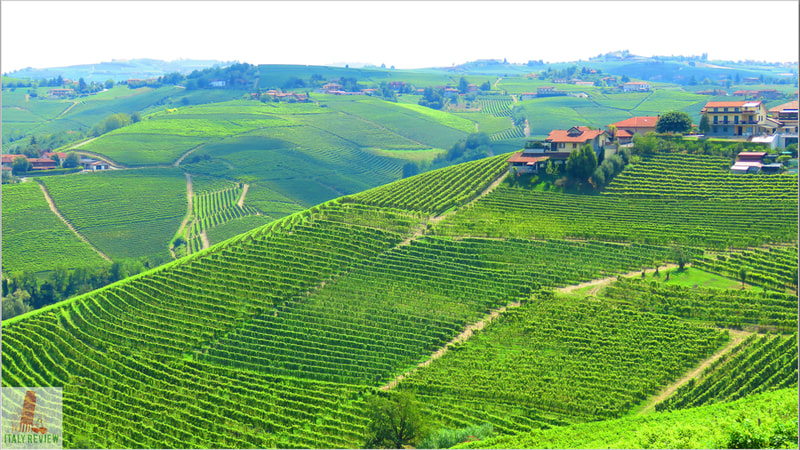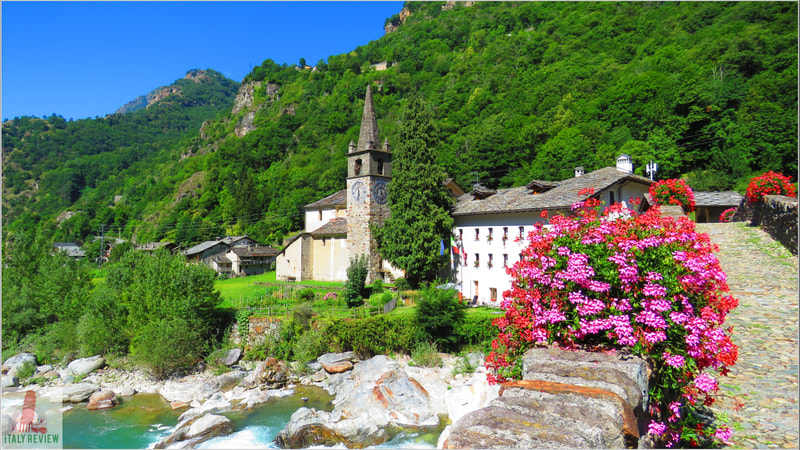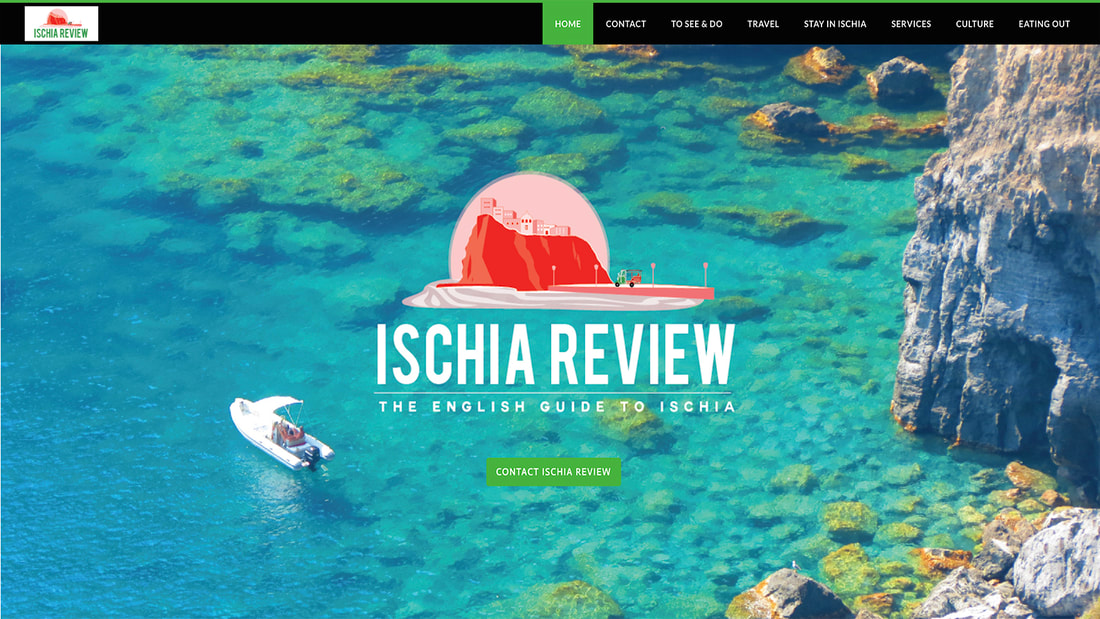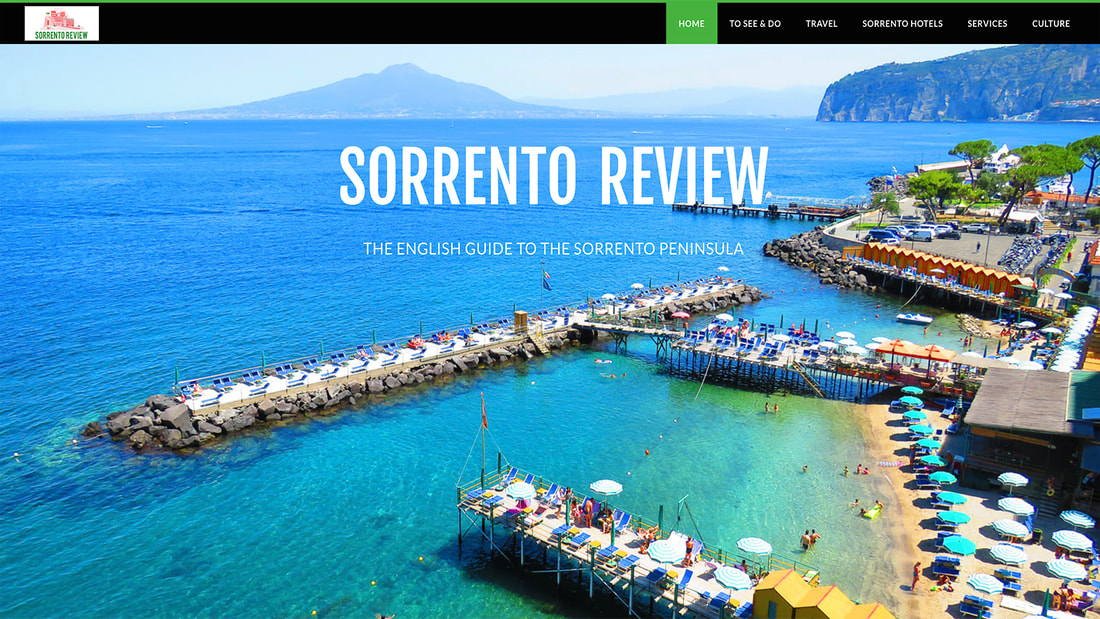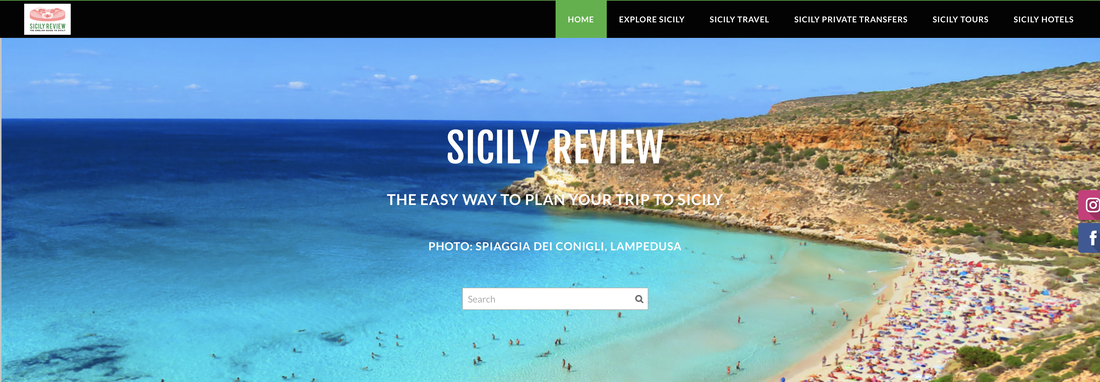UNESCO WORLD HERITAGE SITES IN ITALY
|
By Dion Protani
|
Latest update: 30 December 2023
|
|
There are officially 55 UNESCO World Heritage Sites in Italy, of which 50 are classified as "cultural" and 5 as "natural".
In addition to those 55, there are two listings that are not officially in Italy: the Vatican City which is an independent state in the centre of Rome and the Republic of San Marino, a micro state nestled between the Italian regions of Emilia Romagna and Marche. A number of these 55 listings are not wholly contained within Italy; the Rhaetian Railway in the Albula/Bernina Landscapes is shared between Italy and Switzerland, as is Monte San Giorgio which stands next to Lake Lugano and is one of the five natural sites. |
Related links
Of those natural listings, the most recent addition was the Ancient and Primeval Beech Forests of the Carpathians and Other Regions of Europe which was confirmed in 2011 and updated in 2017. The listing includes 10 sites in Italy along with numerous sites in an additional 12 European countries. Two further listings are shared between multiple nations: the 2017 listing Venetian Works of Defence between the 16th and 17th centuries: Stato de Terra - Western Stato de Mar which includes sites in Italy, Croatia and Montenegro, and the Prehistoric Pile Dwellings around the Alps listing which is shared between Italy, Austria, France, Germany, Slovenia and Switzerland.
The remaining listings are all contained entirely within Italy's borders but often relate to multiple locations within Italy. Perhaps the most spread out example of this is the Longobards in Italy. Places of the Power (568 - 774 AD) listing which includes seven sites spread across such diverse locations as Lombardy, Umbria, Campania, Puglia and Friuli Venezia Giulia. The multiple location type listing is repeated frequently and includes other examples such as the 13 sites under the Residences of the Royal House of Savoy, the nine locations of the Arab-Norman Palermo and the Cathedral Churches of Cefalù and Monreale listing and the 14 Medici Villas and Gardens in Tuscany.
The remaining listings are all contained entirely within Italy's borders but often relate to multiple locations within Italy. Perhaps the most spread out example of this is the Longobards in Italy. Places of the Power (568 - 774 AD) listing which includes seven sites spread across such diverse locations as Lombardy, Umbria, Campania, Puglia and Friuli Venezia Giulia. The multiple location type listing is repeated frequently and includes other examples such as the 13 sites under the Residences of the Royal House of Savoy, the nine locations of the Arab-Norman Palermo and the Cathedral Churches of Cefalù and Monreale listing and the 14 Medici Villas and Gardens in Tuscany.

